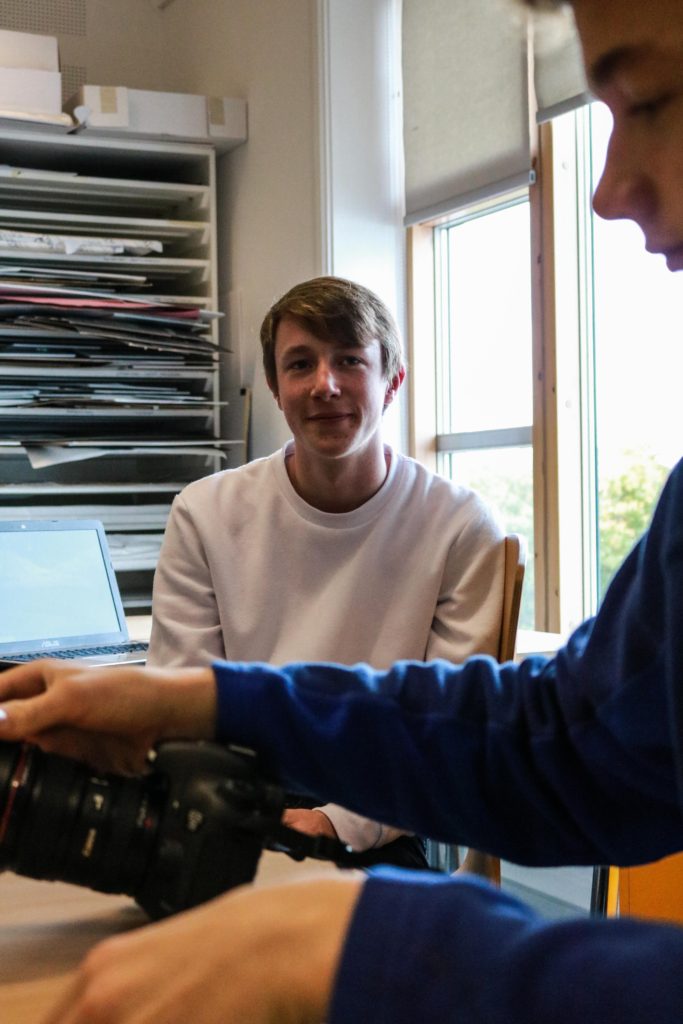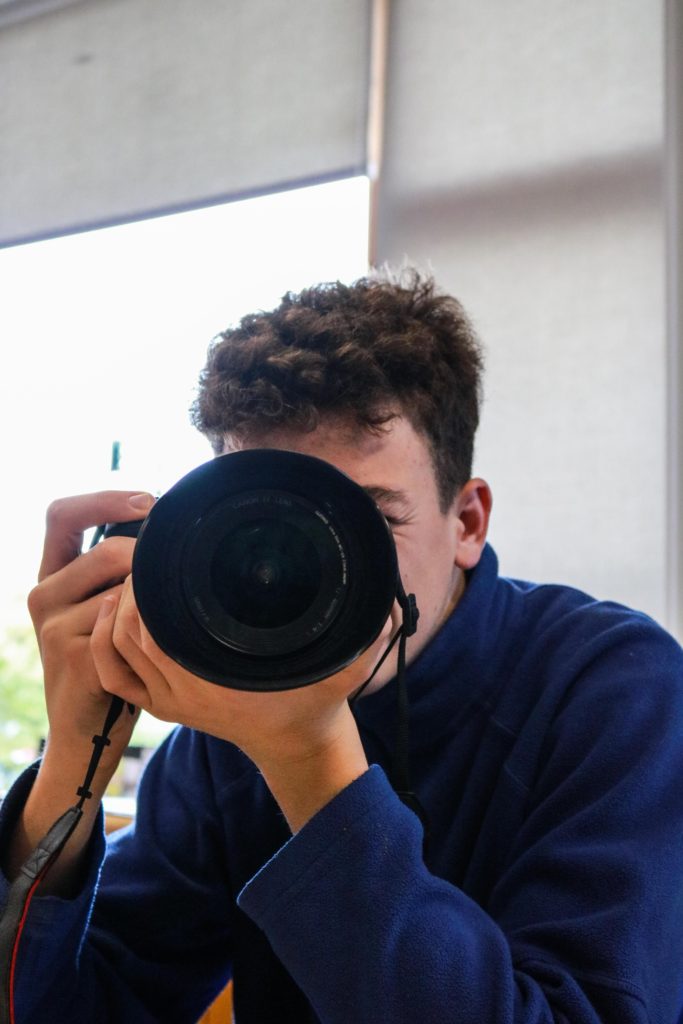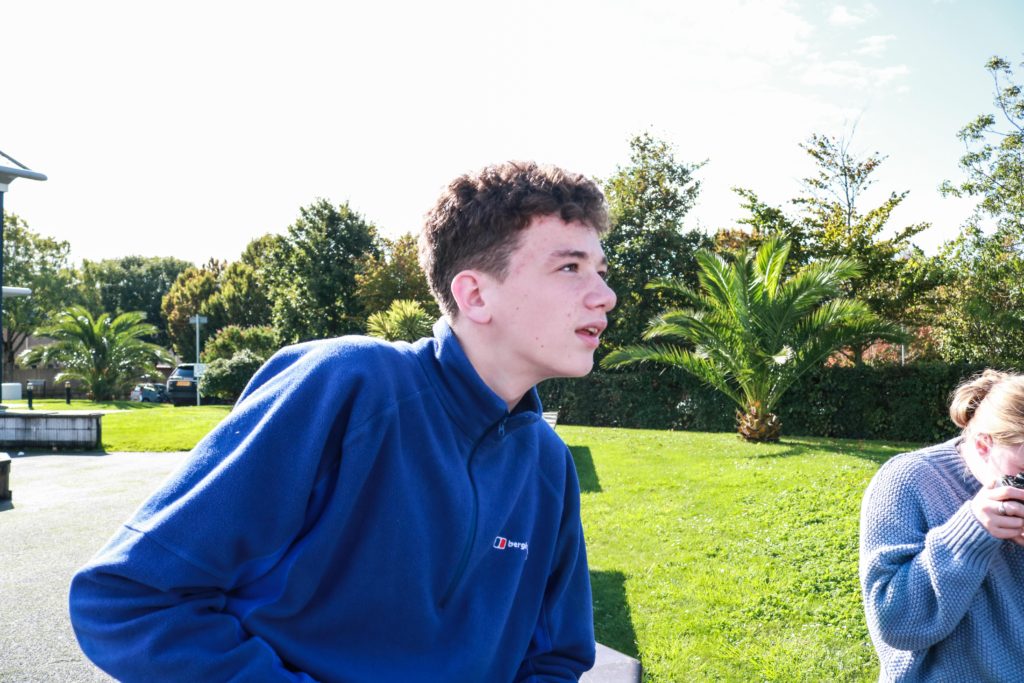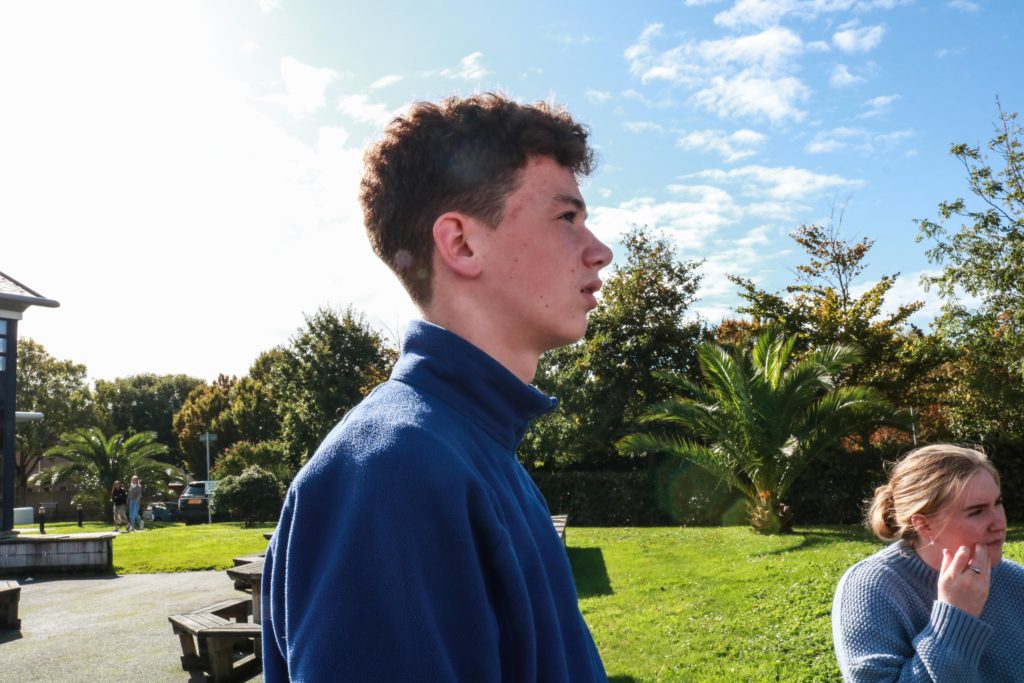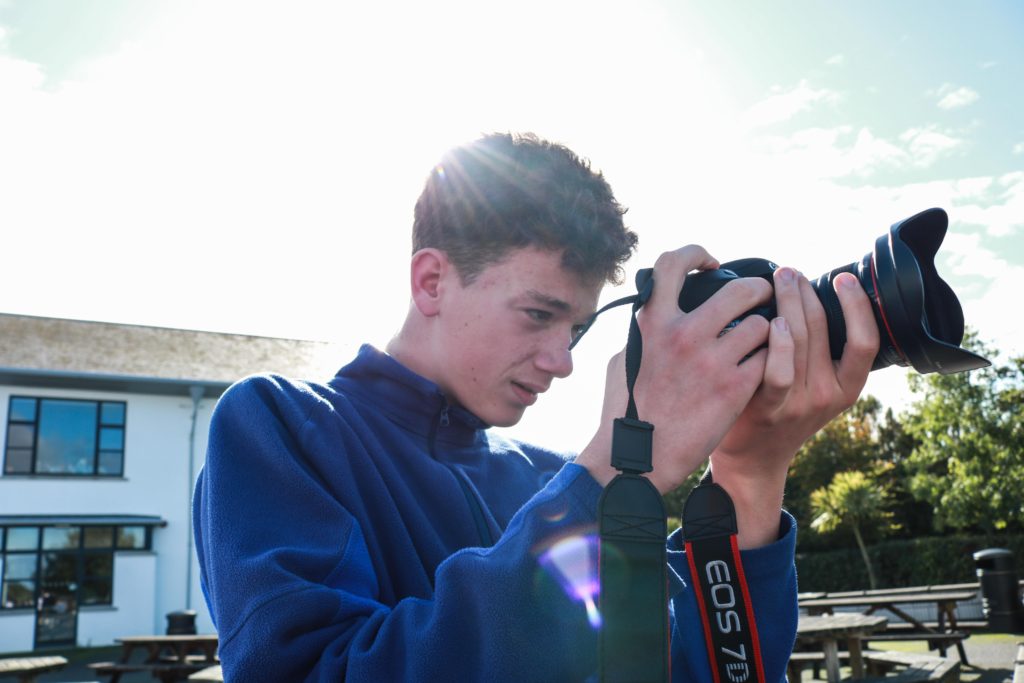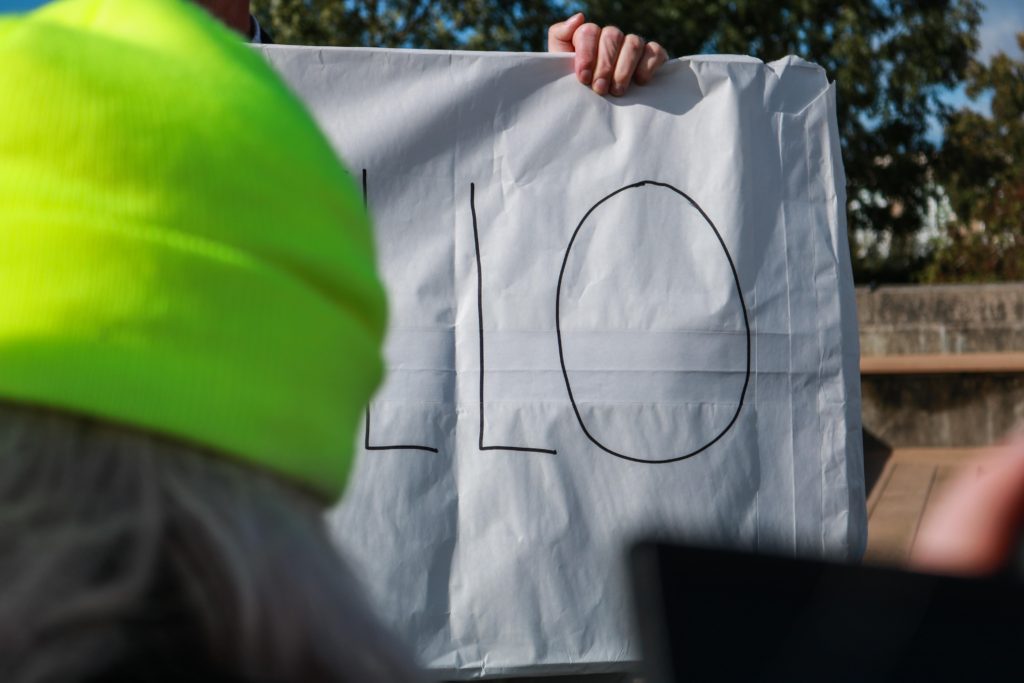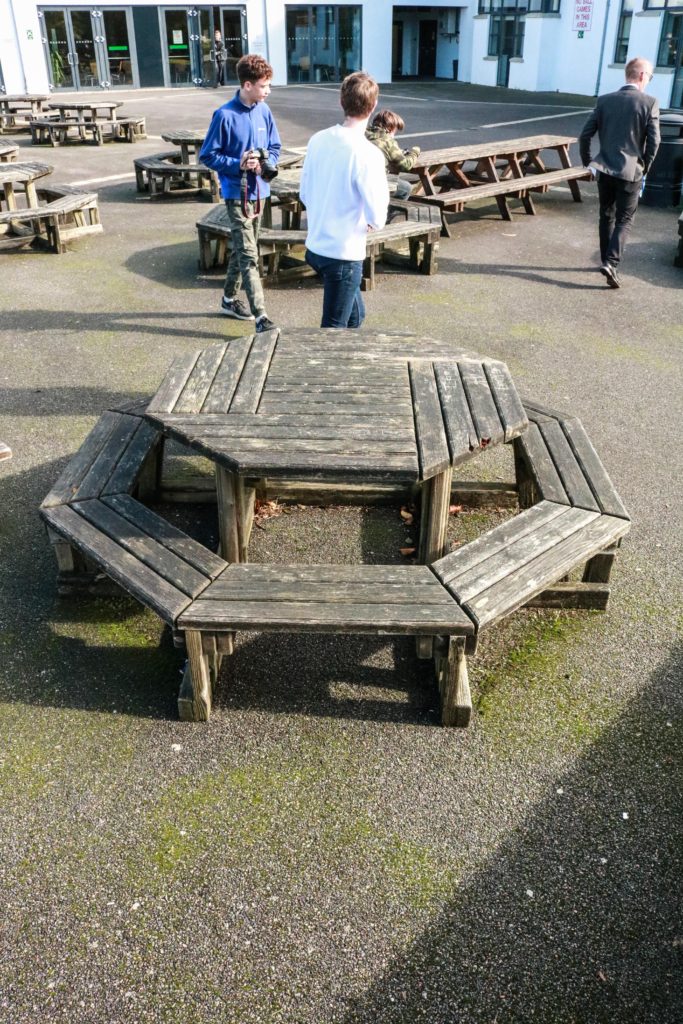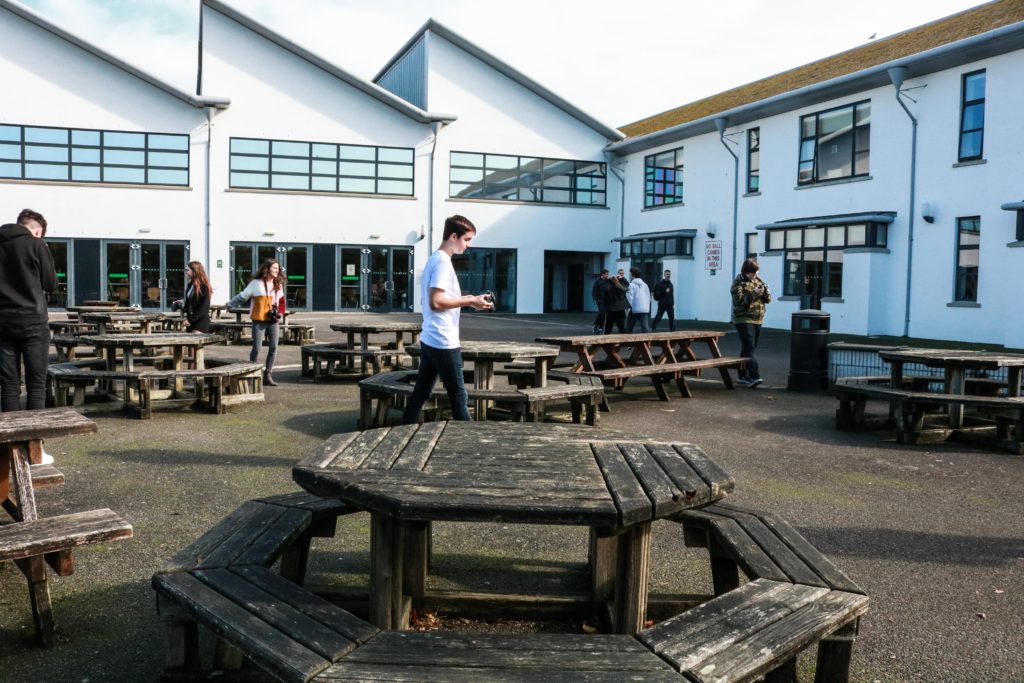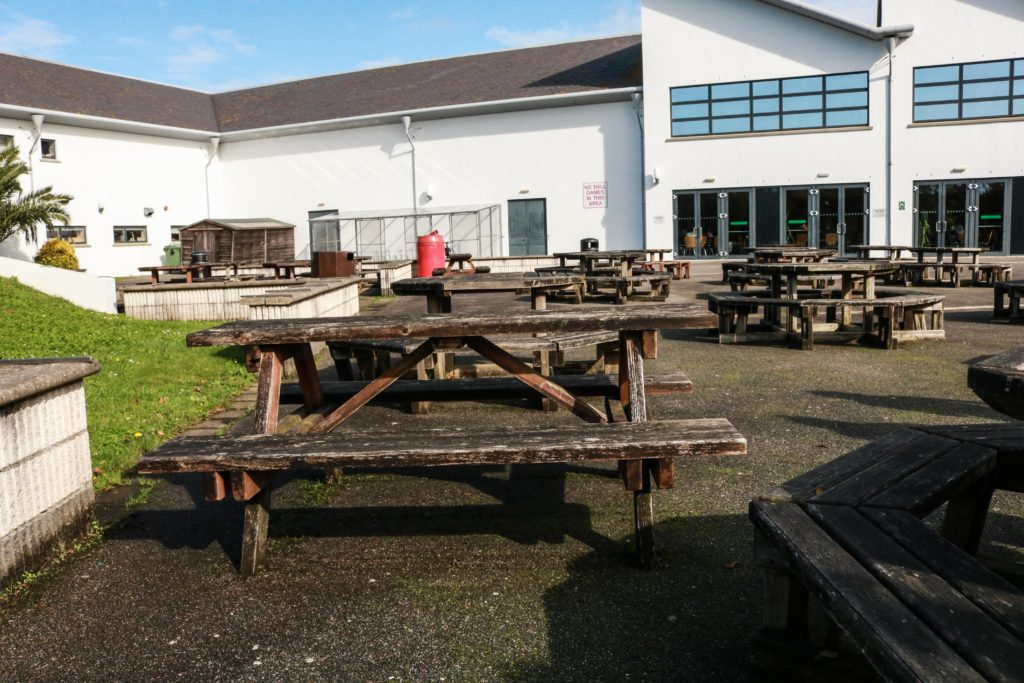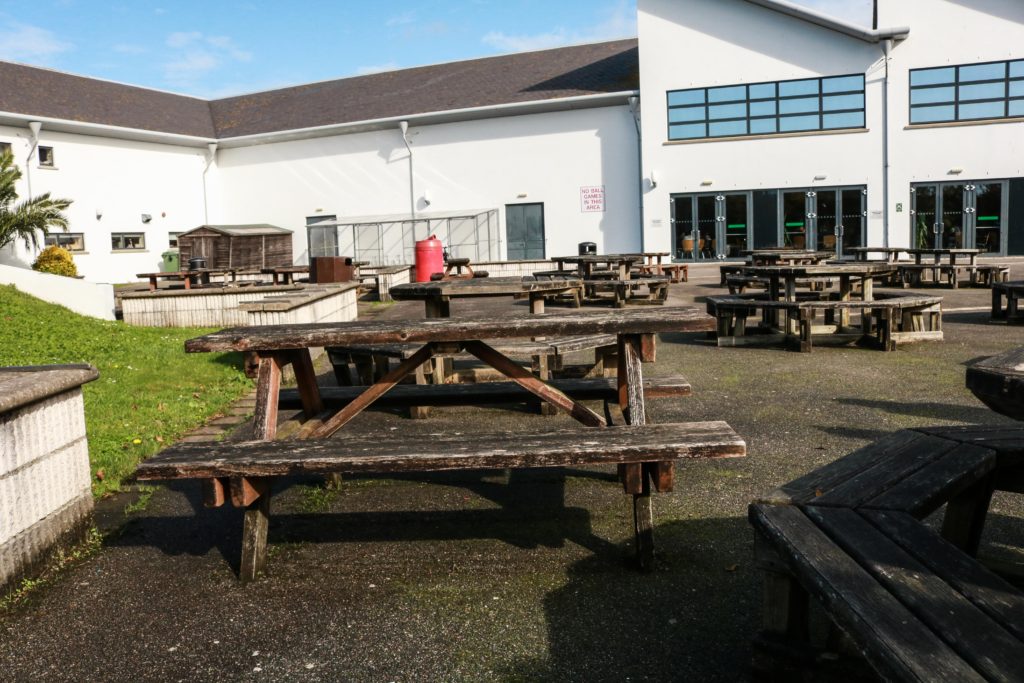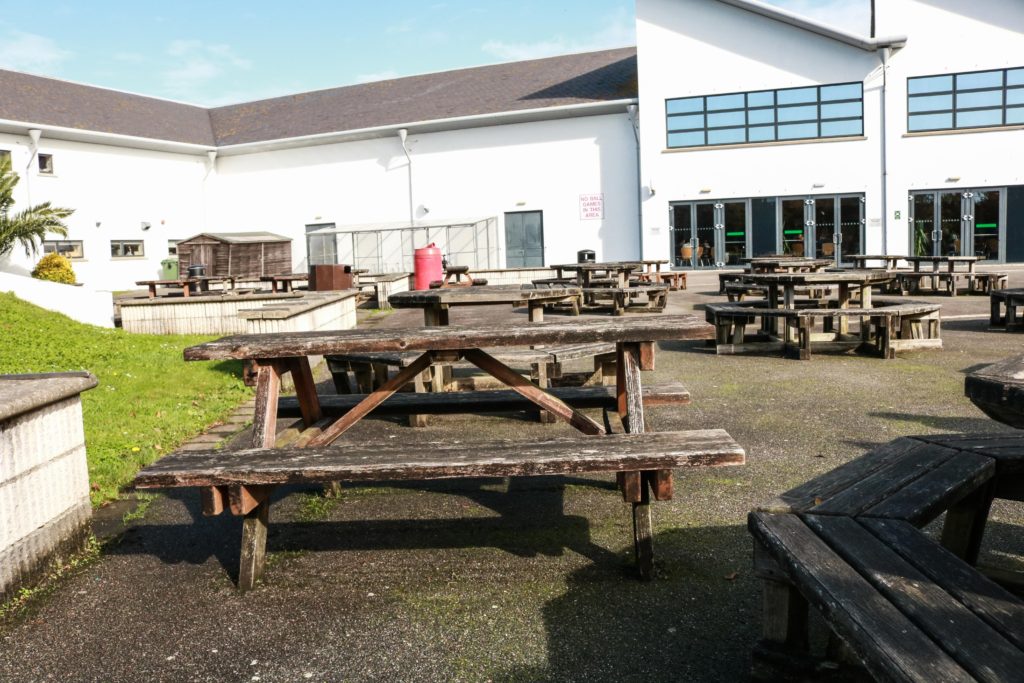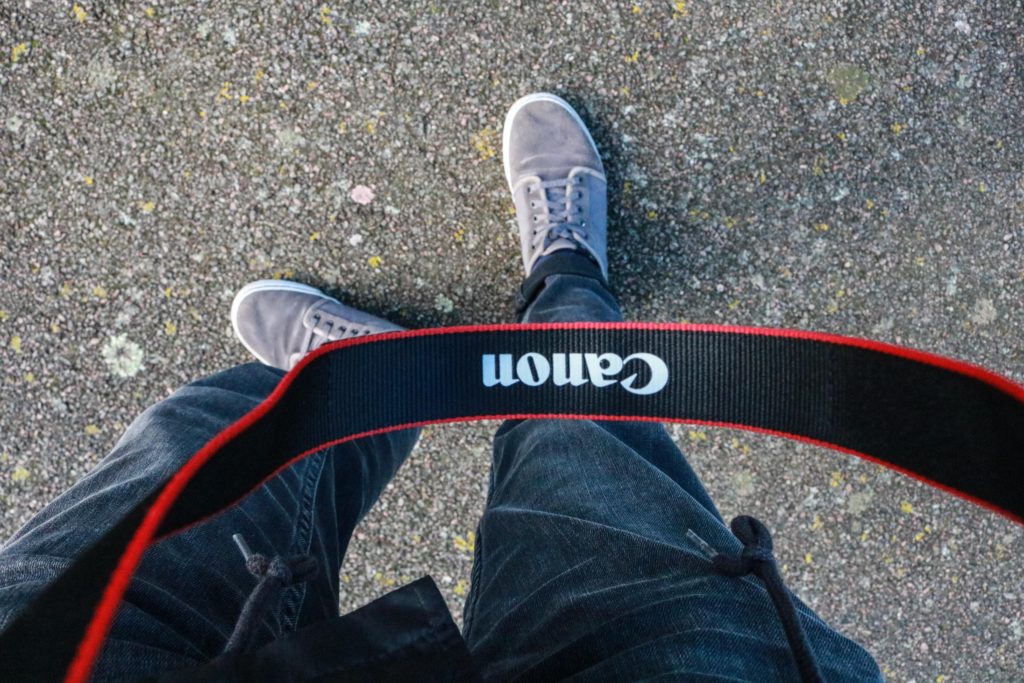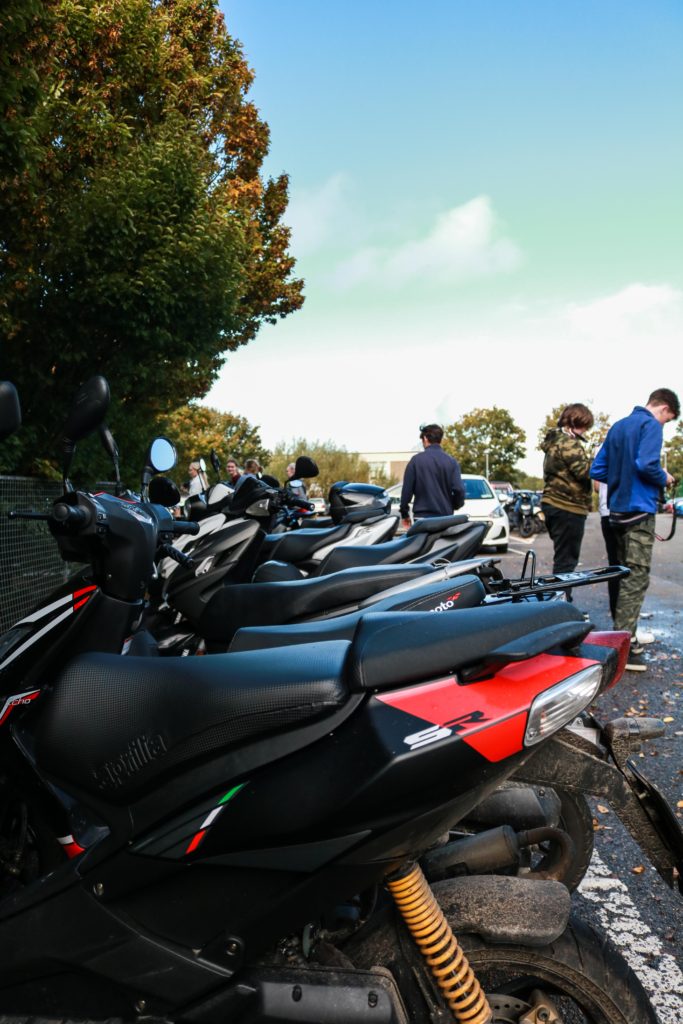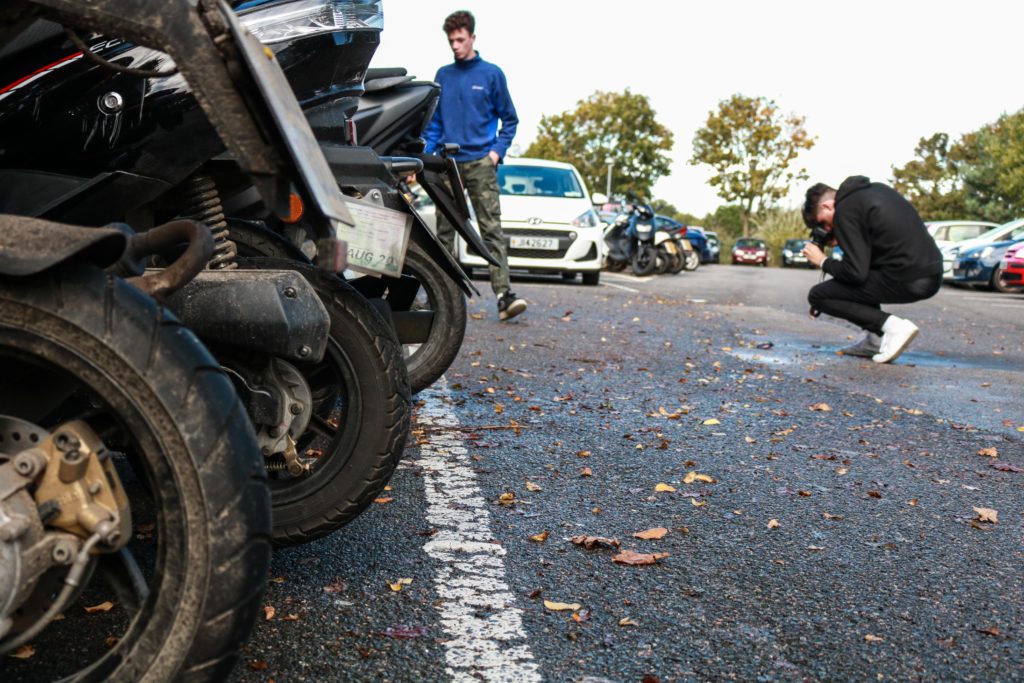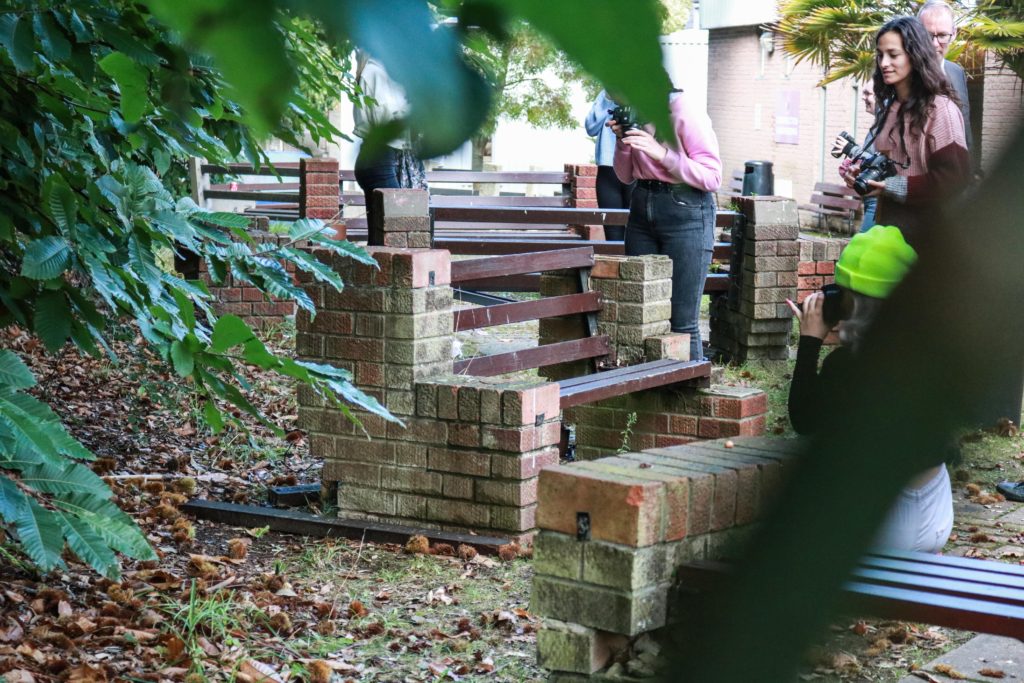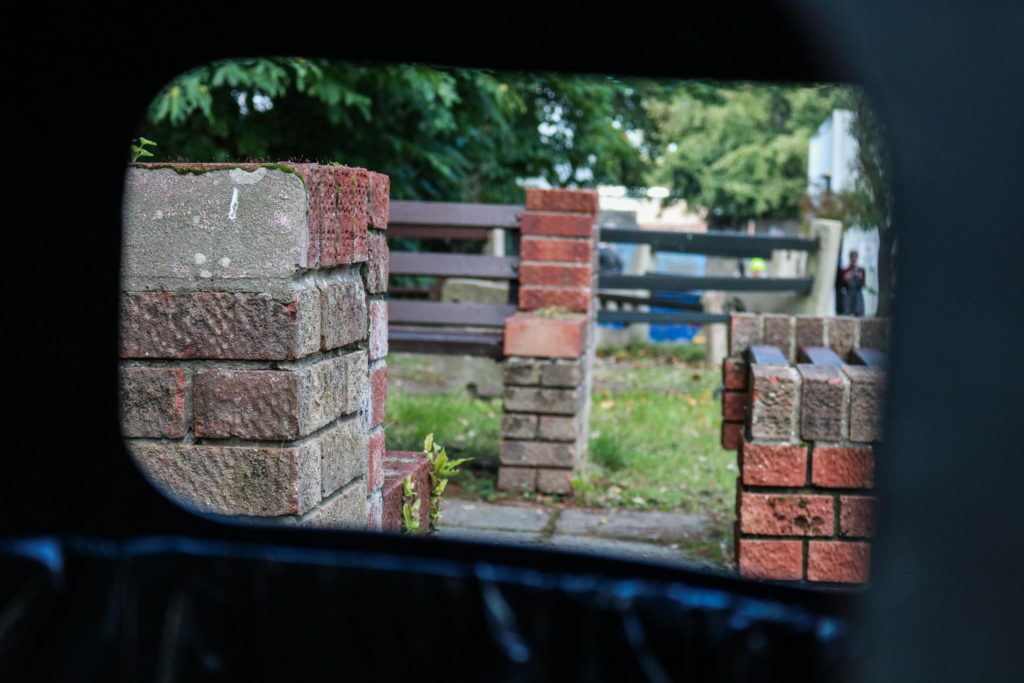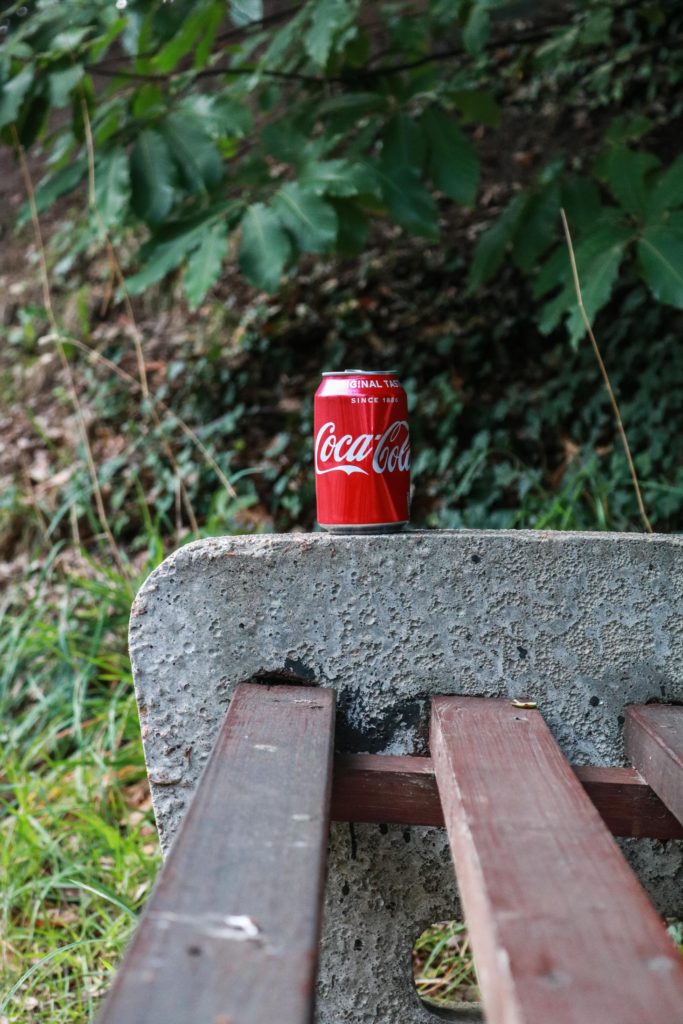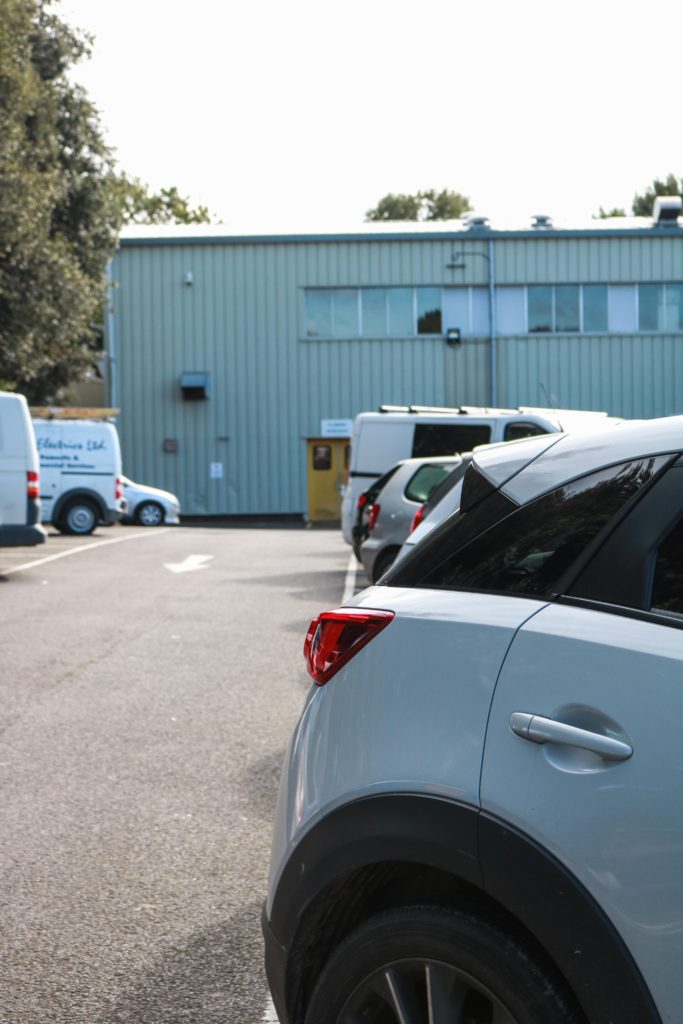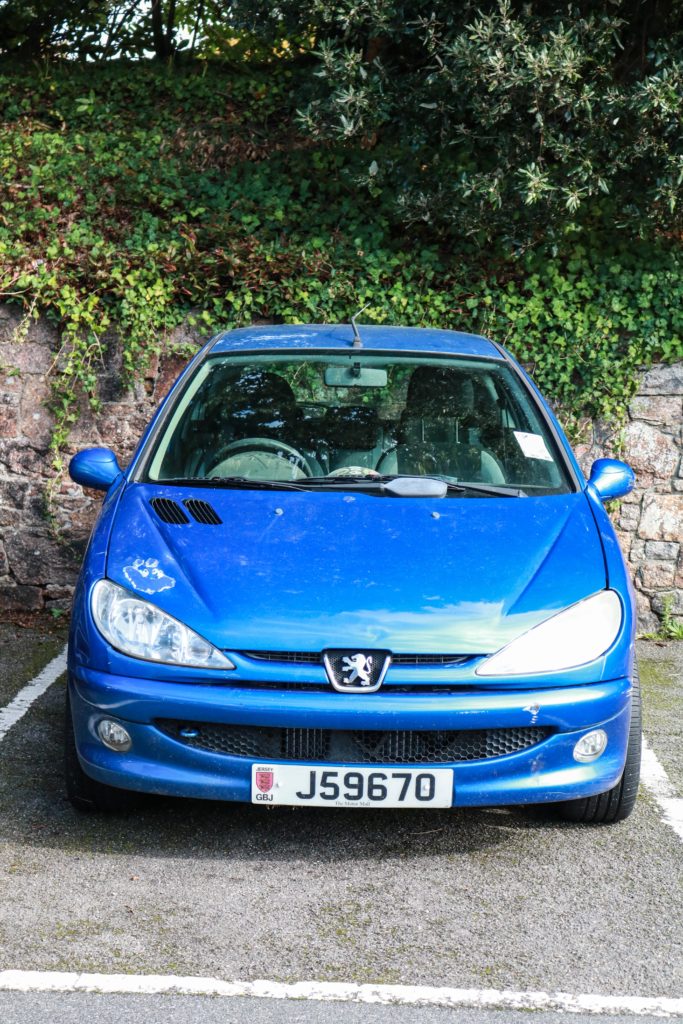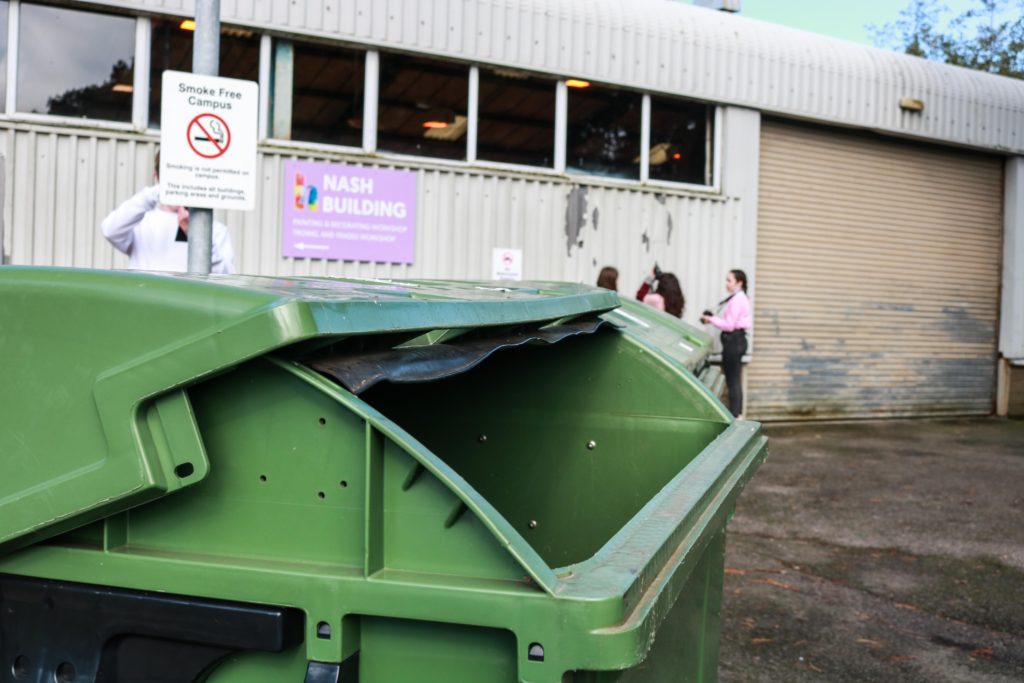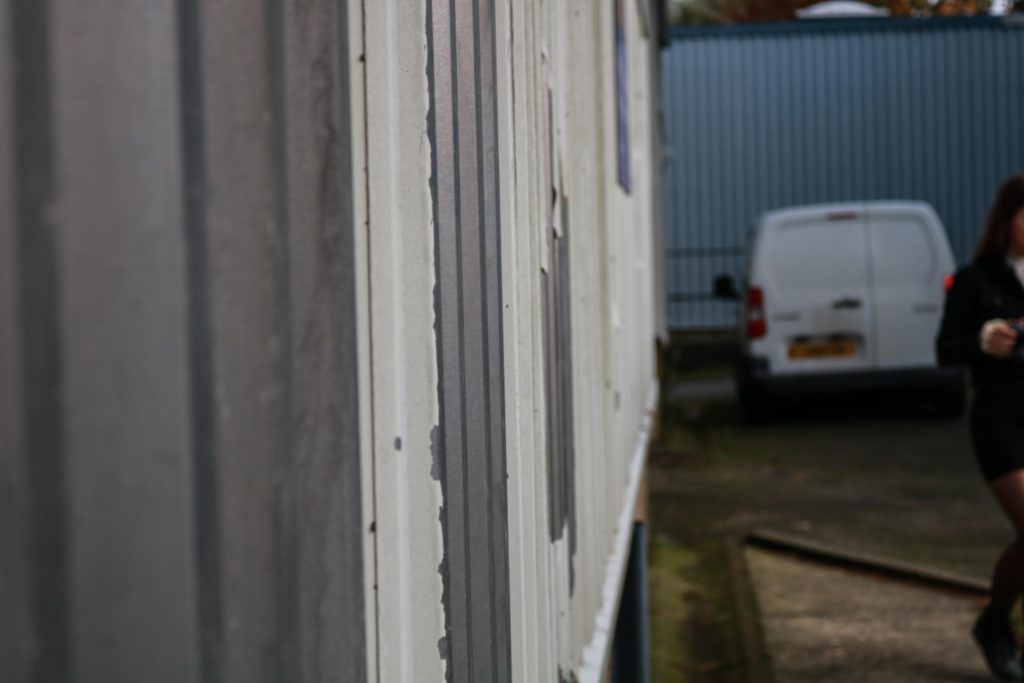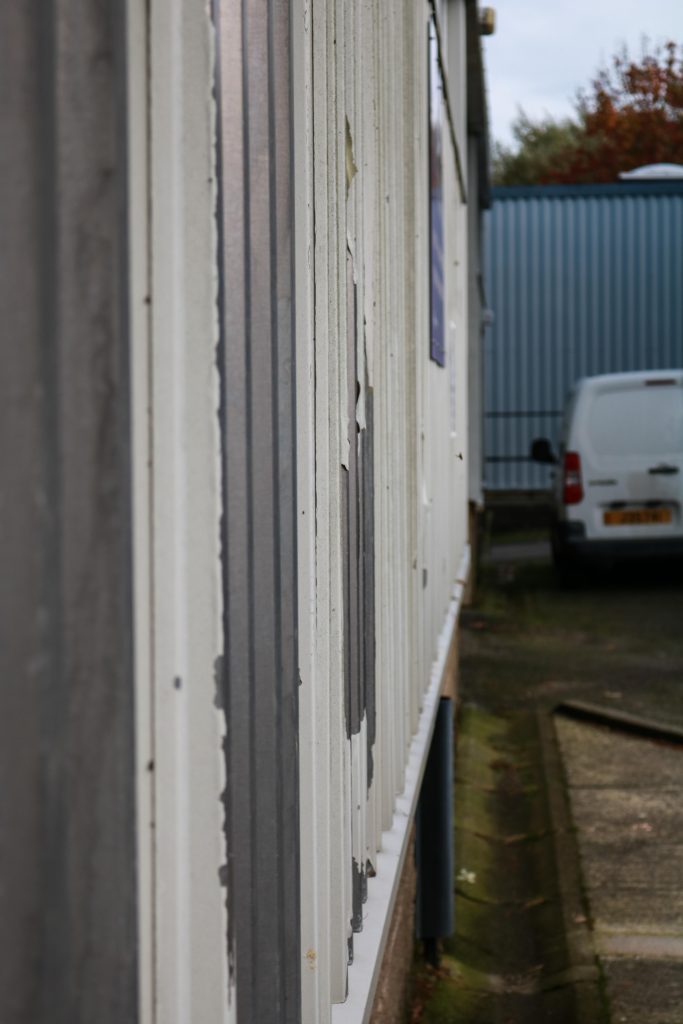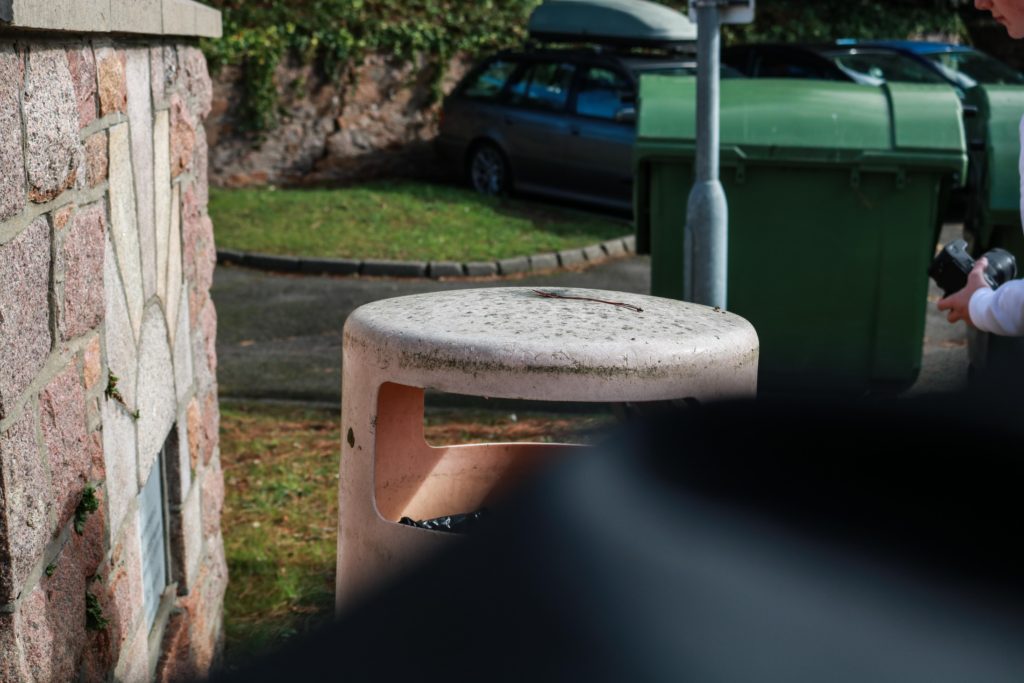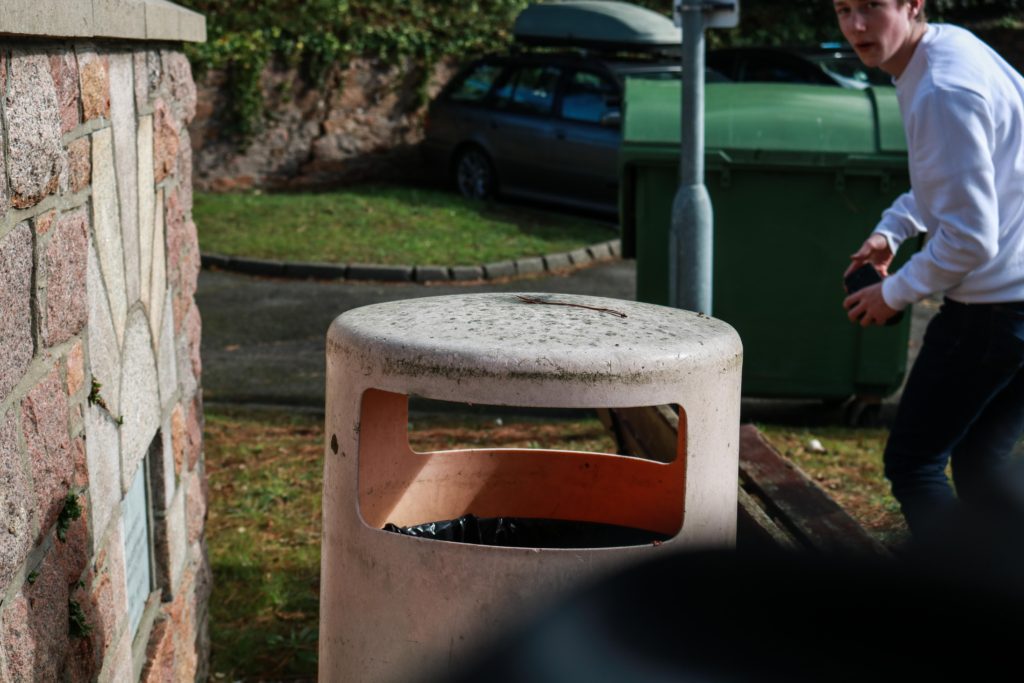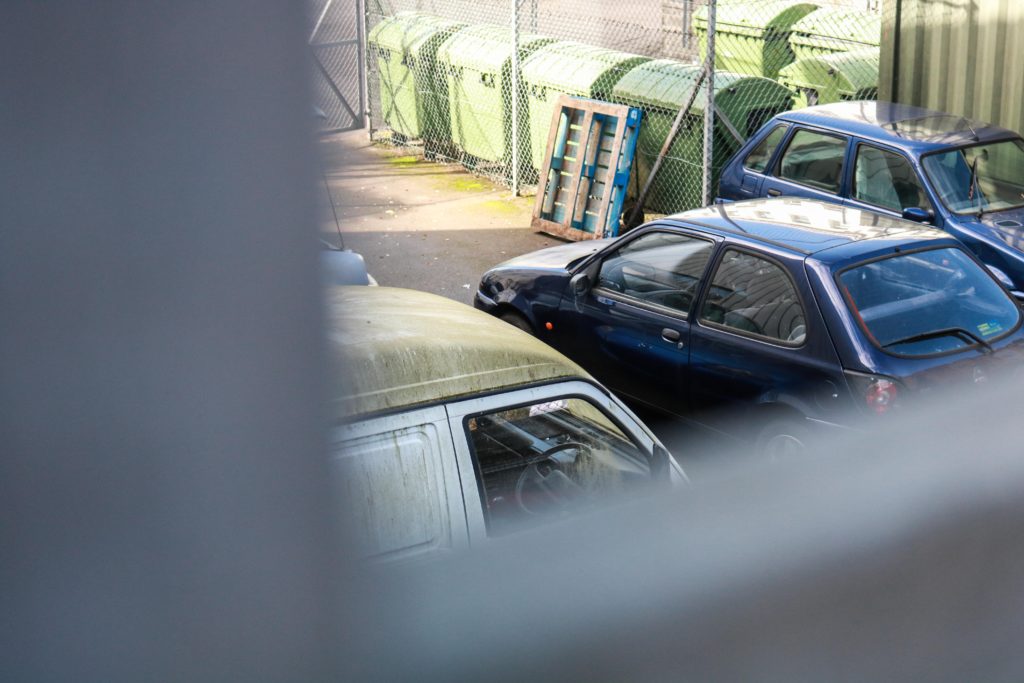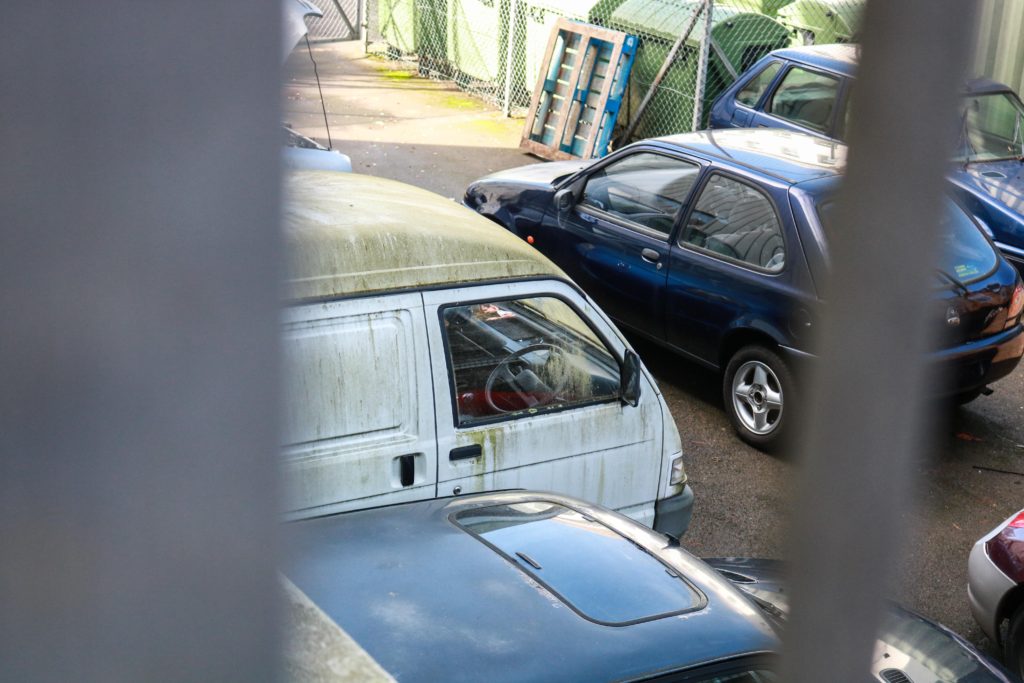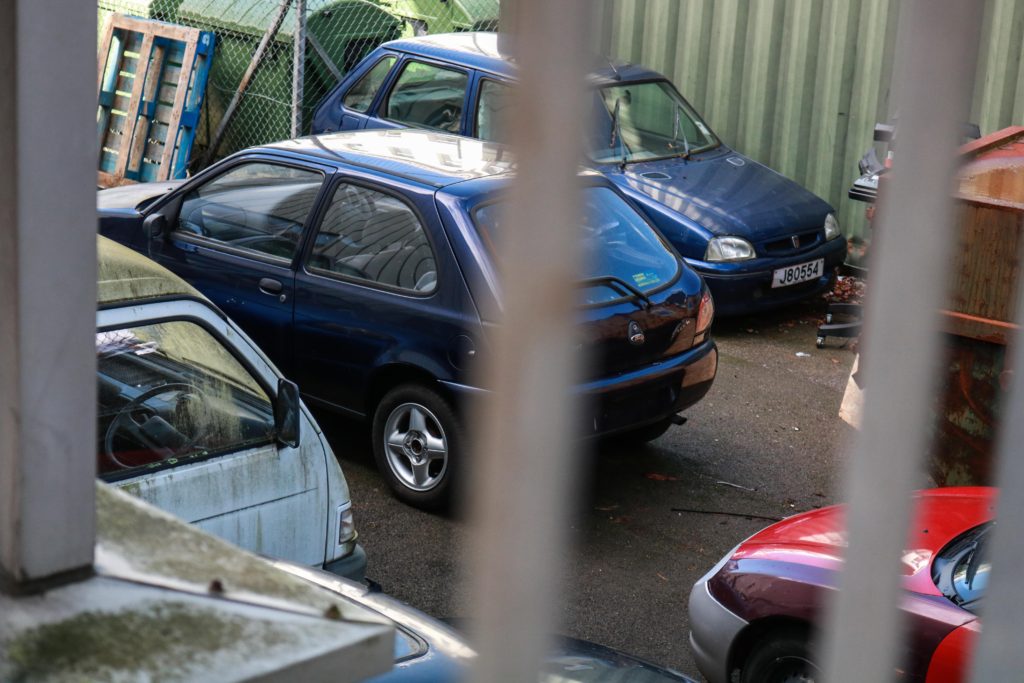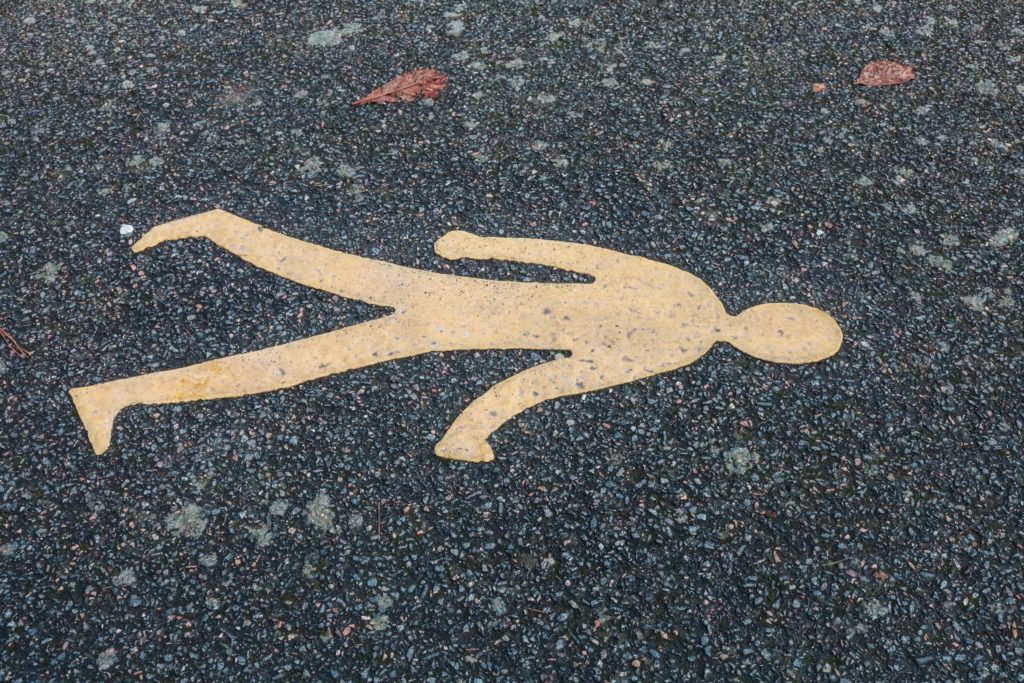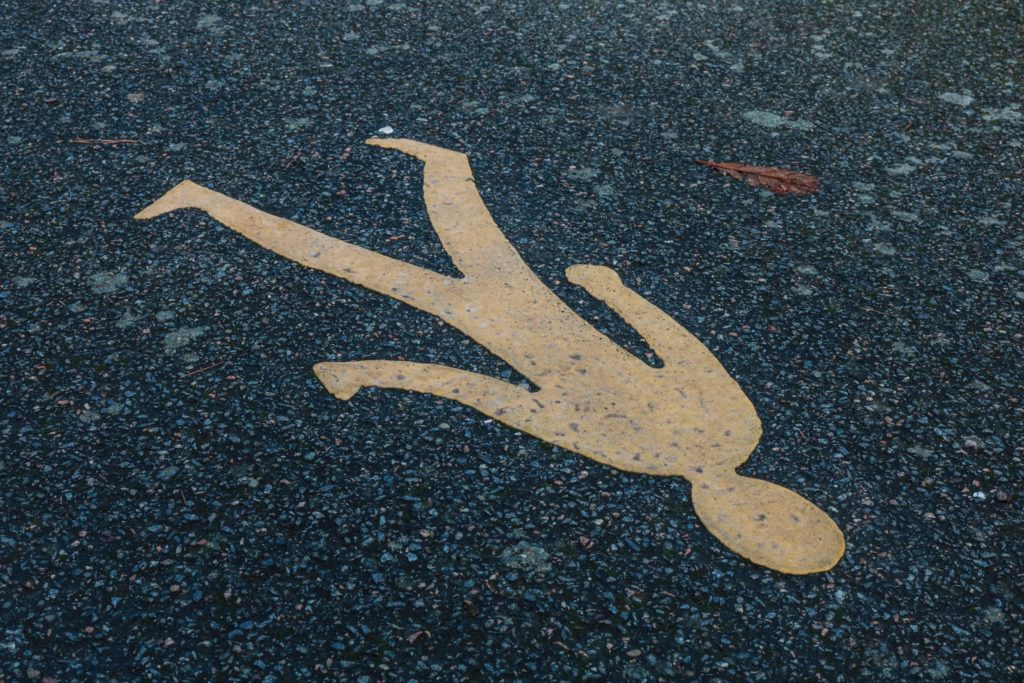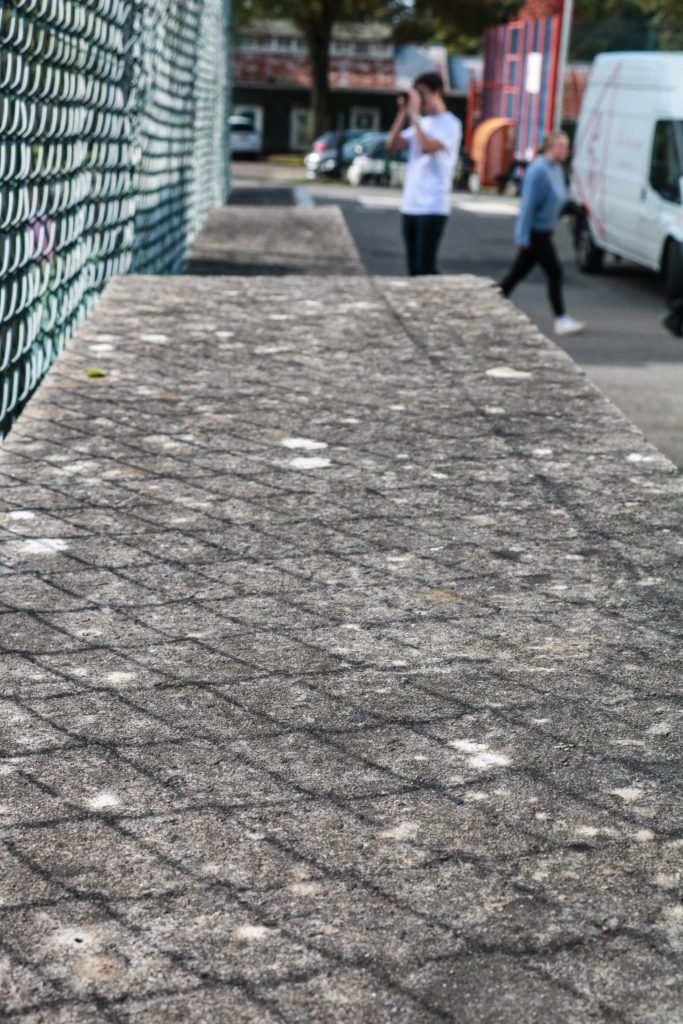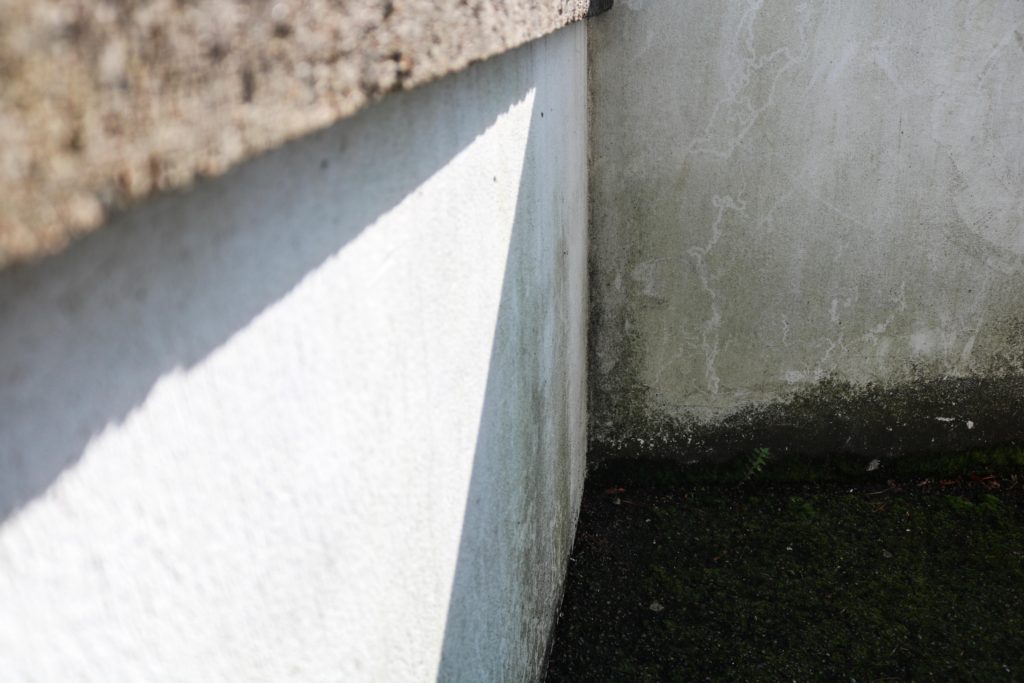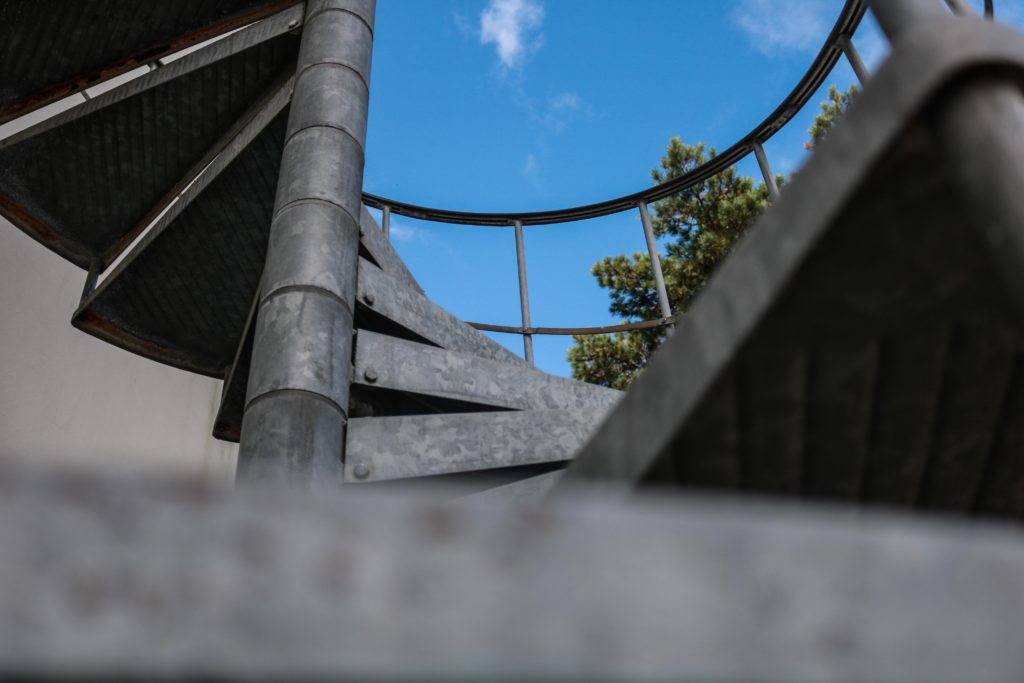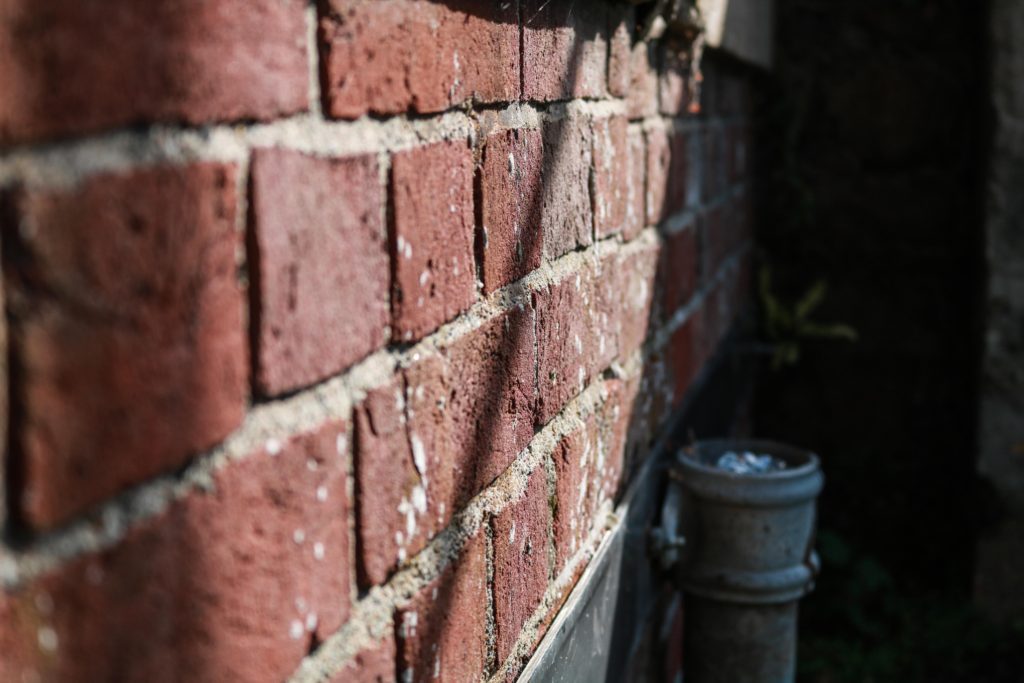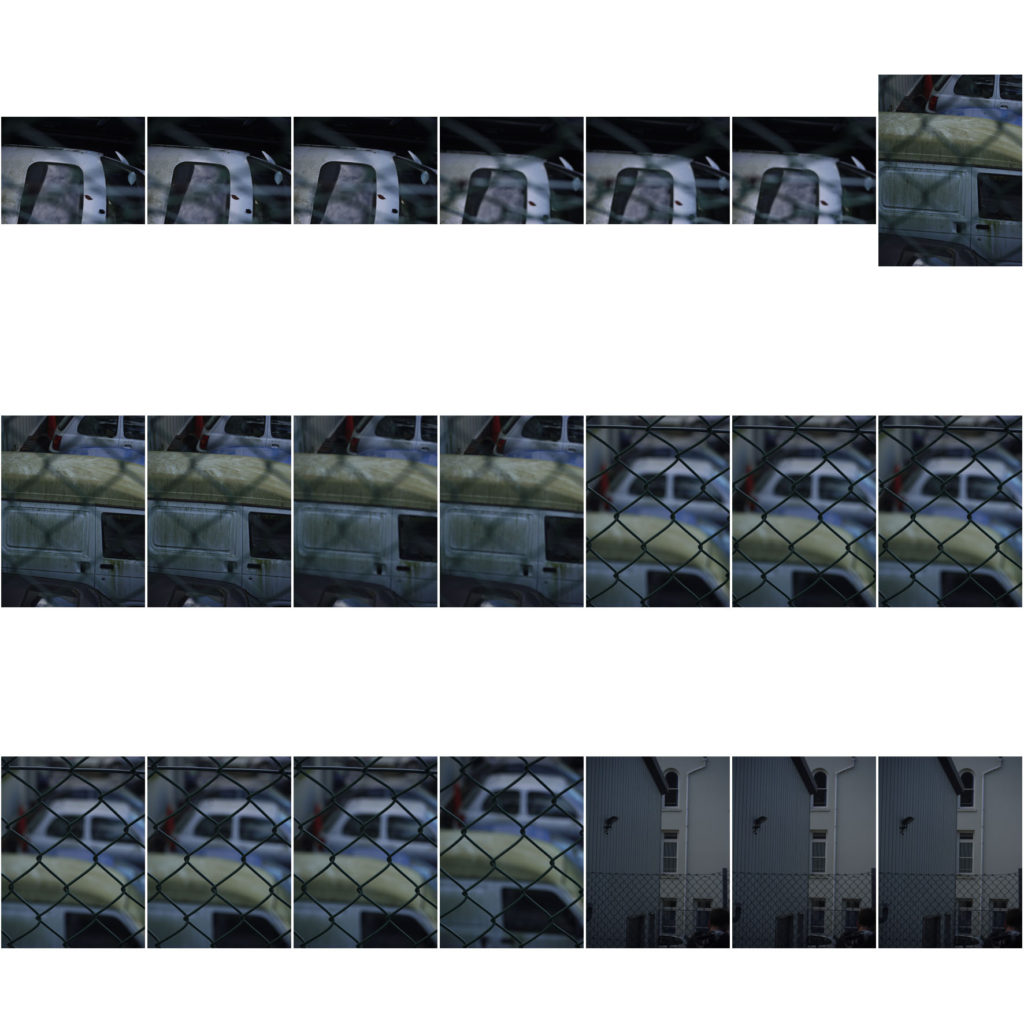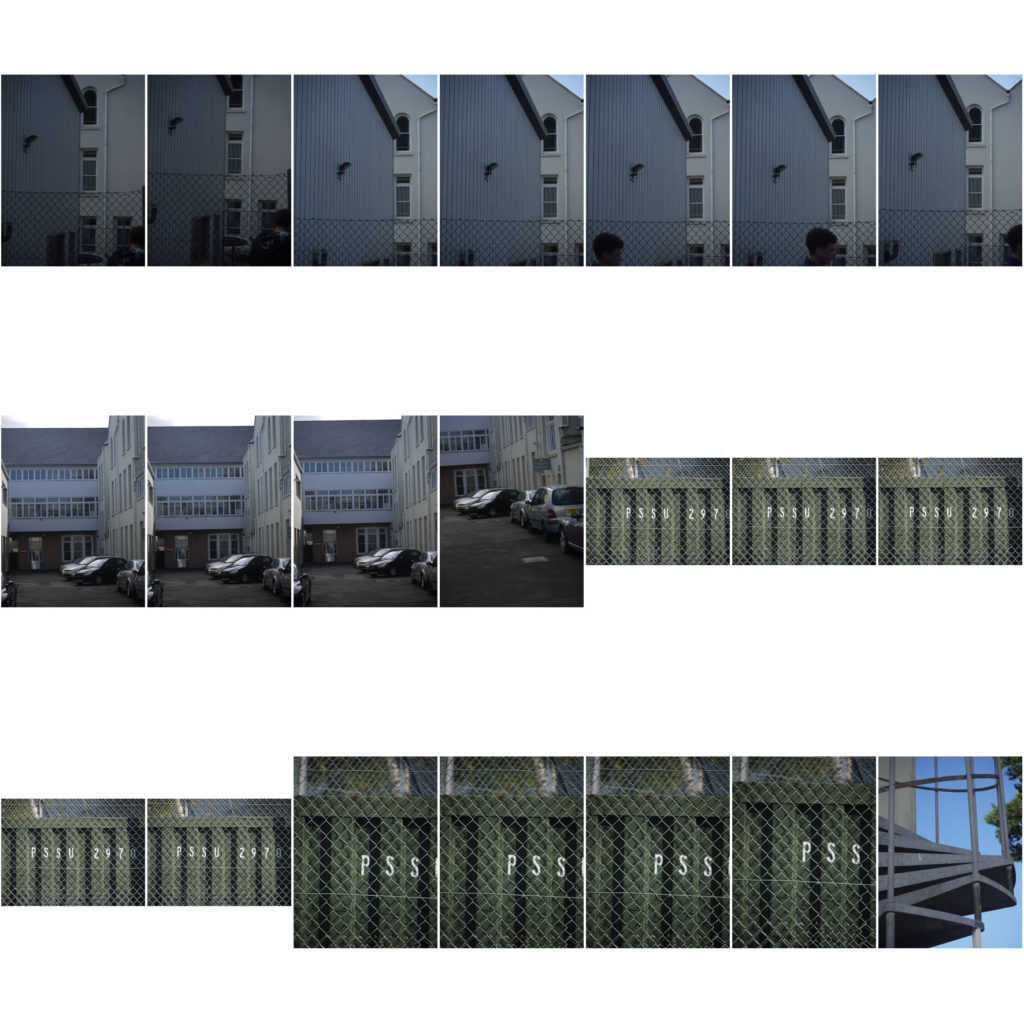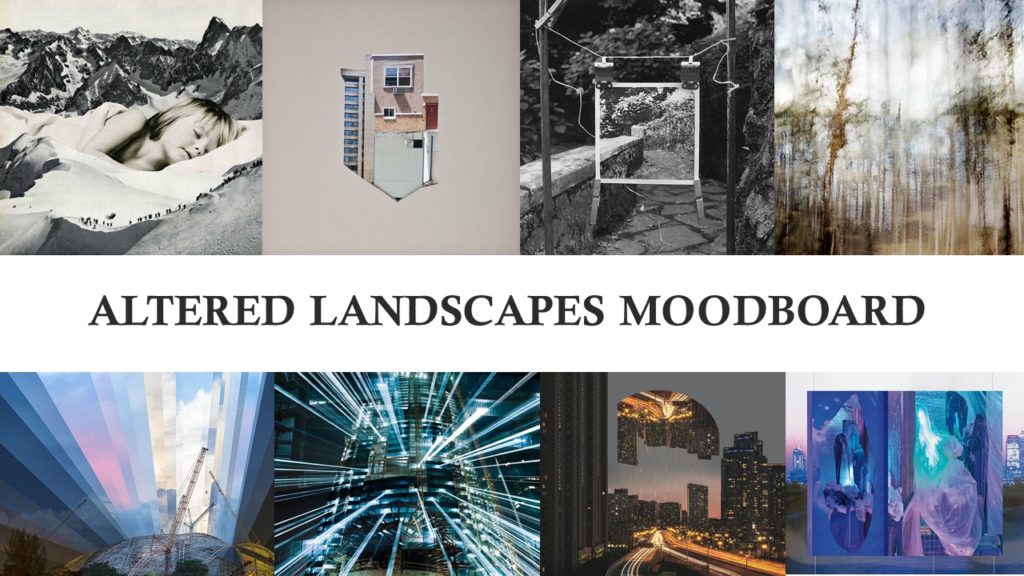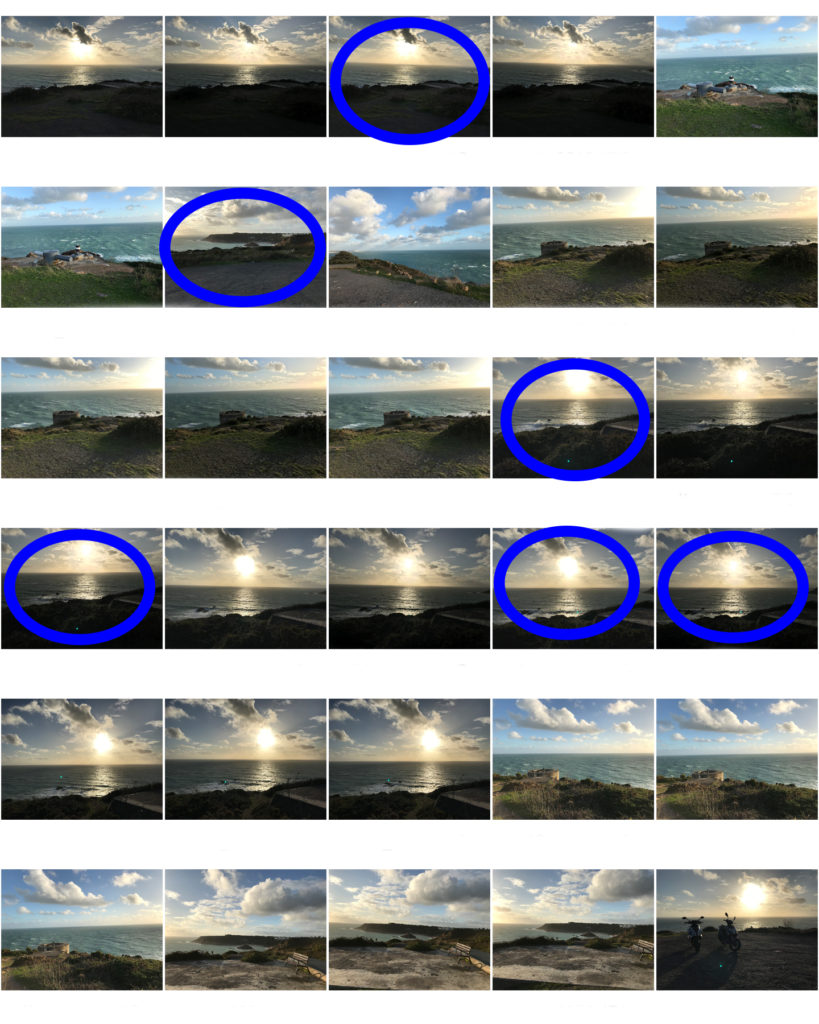urban landscapes shoot- highlands
Here are the contacts sheets, from the urban photoshoot we did as a class. I took photographs, on total manual. I changed the ISO, white balance, shutter speed and aperture.
URBAN LANDSCAPES/ THE NEW TOPOGRAPHICS SHOOT
We took these images around the Highlands area, capturing images of Urban areas that explore non -conventional landscapes of man-made scenes. We used full automatic mode on the camera, which meant we had to continuously adjust the shutter speed to ensure our photos were the correct exposure in each image as the lighting changed.
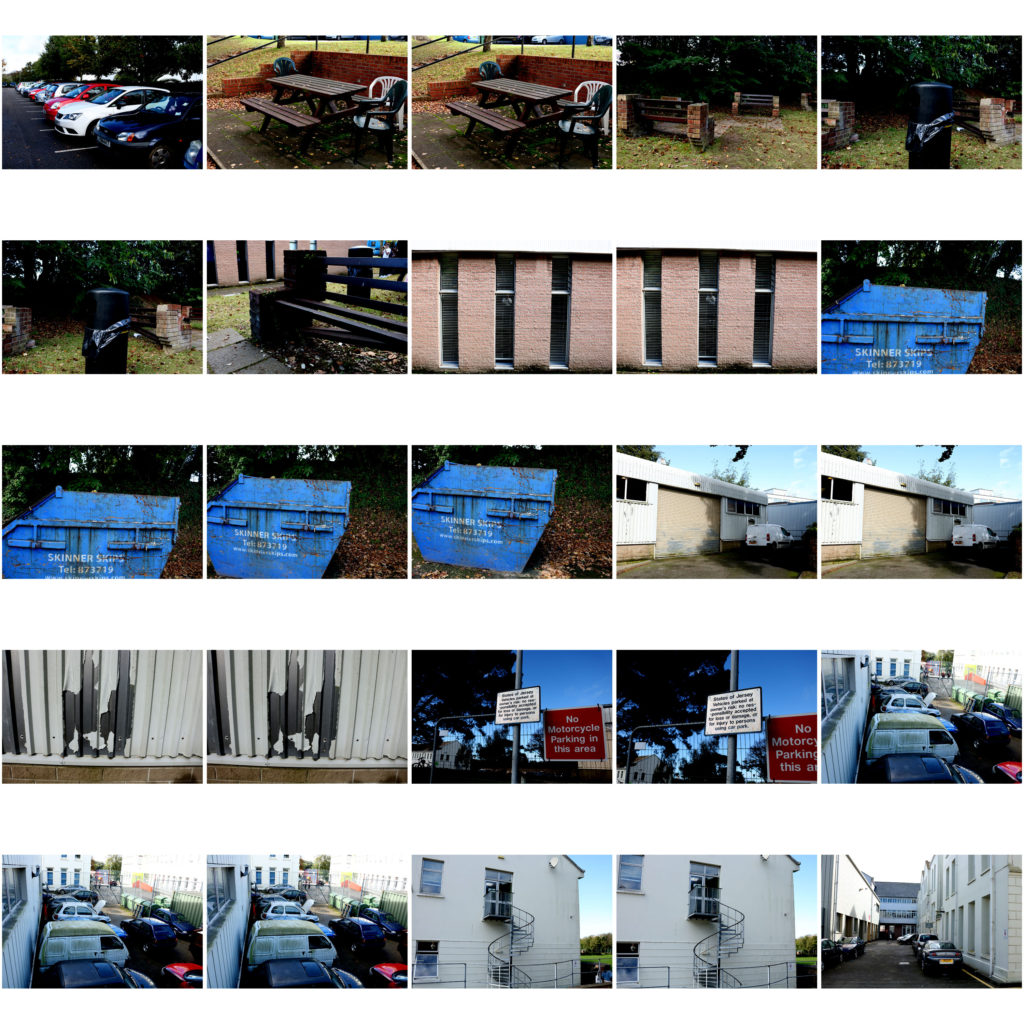
ROBERT ADAMS IMAGE ANALYSIS
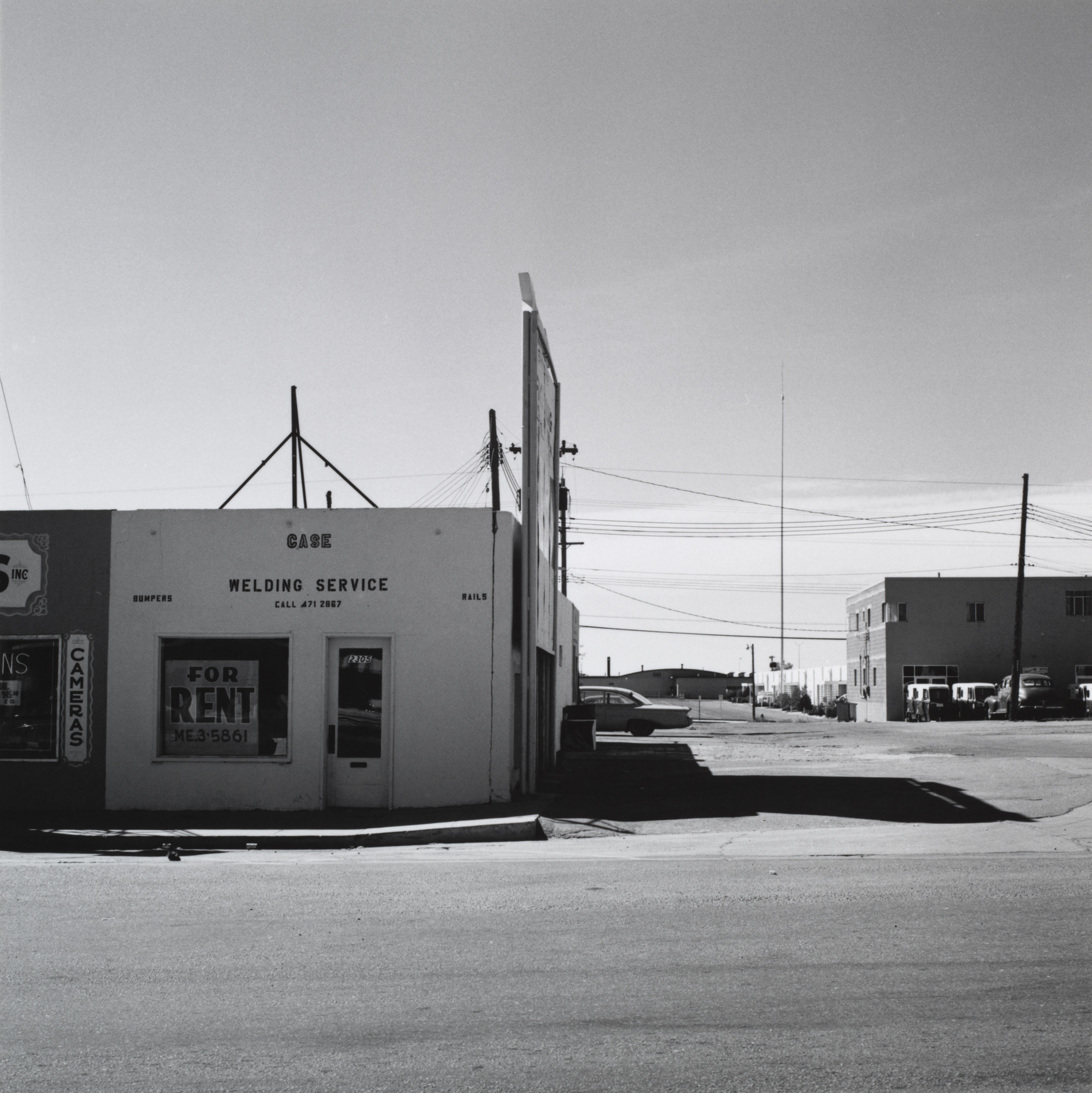
TECHNICAL
Adams in this image used a 35mm reflex camera with a normal/standard lens which he had invested in, in 1962. The photo has high light sensitivity or ISO as the image appears grainy, however has been been focused well with minimal blur. The composition of the image is 3 dimensional with an added balanced, slight symmetrical look to it with buildings either side of the image adding depth to the picture itself. The photo is also well exposed as it isn’t too bright nor too dark to lose detail within the photo.
VISUAL
As can be observed, Adam shot this image in natural daylight, possibly afternoon as the shadows as a result of the buildings hints that the sun is lower in the sky as can be seen by the lengthened shadows as a result. The colour of the clear sky looks relatively bright signifying what would be a vivid blue sky. The grey scale tint of the whole photograph helps contrast the foreground from the clear background. The image also looks grainy, which may simply be because of the era they were taken, but looking at it now it adds a sense of the time period they were taken and emphasizes the “retro” feel the saturation also brings to the image.
CONCEPTUAL
His photographs are a kind of testimony/evidence of what has been lost and what remains. However, they also ask us fundamental questions about how we live amid the contradictions and compromises of progress. For all that it carries, his work is restrained, suggestive rather than forceful, every black-and-white print at once a world in itself and part of a bigger narrative about man’s destructive relationship with nature.
CONTEXTUAL
In 1962 they moved back to Colorado, and Adams began teaching English at Colorado College in Colorado Springs. In 1963, Adams bought a 35mm reflex camera and began to take pictures mostly of nature and architecture. He soon read complete sets of Camera Work and Aperture at the Colorado Springs Fine Arts Center. He learned photographic technique from Myron Wood, a professional photographer who lived in Colorado. While finishing his dissertation, he began to photograph in 1964. In 1967, he began to teach only part-time in order to have more time to photograph. He met John Szarkowski, then curator of photography at the Museum of Modern art, on a trip to New York City in 1969. The museum later bought four of his prints and in 1970, he began working as a full-time photographer.
Furthermore, in the late 1960s and early 1970s Robert Adams explored new housing tracts that were being built along the Colorado Front Range. Certain elements of this new landscape recur in his photographs: uniform, boxy houses, concrete, cars, and dirt plots–as well as a sense of loneliness and isolation. “People had moved to enjoy nature, but found that nature was mostly inaccessible except on weekends,” Adams wrote. “Often little of it was even visible out the window. The puzzle became how to live inside.”
ROBERT ADAMS
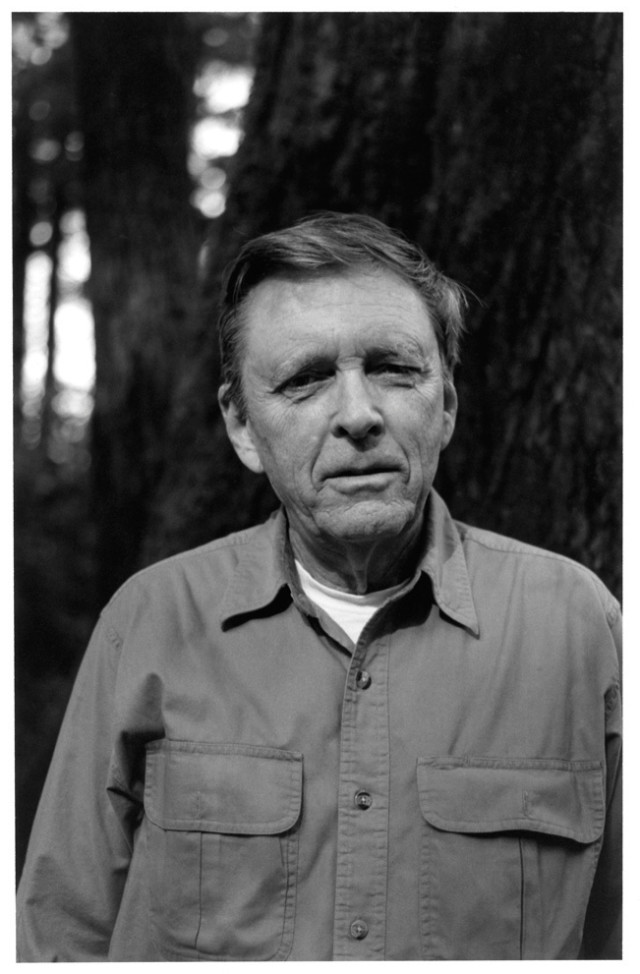
Not to be confused with the other landscape photographer, “Ansel Adams”
Robert Adams is an American photographer who has focused on the changing landscape of the American West. His work first came to prominence in the mid-1970s through his book The New West and his participation in the exhibition New Topographics: Photographs of a Man-Altered Landscape in 1975

Robert Adams was born in Orange, New Jersey, in 1937. His refined black-and-white photographs document scenes of the American West of the past four decades, revealing the impact of human activity on the last vestiges of wilderness and open space. Although often devoid of human subjects, or sparsely populated, Adams’s photographs capture the physical traces of human life: a garbage-strewn roadside, a clear-cut forest, a half-built house.
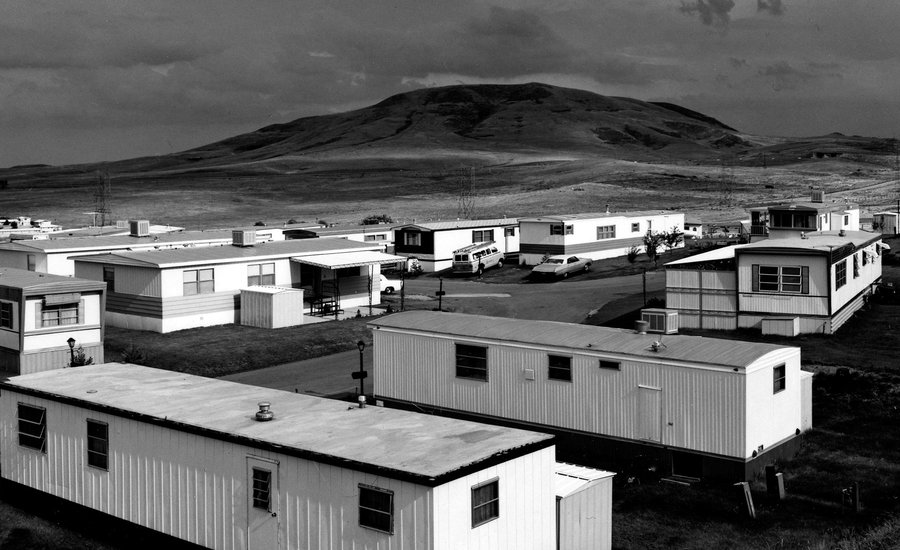
An underlying tension in Adams’s body of work is the contradiction between landscapes visibly transformed or scarred by human presence and the inherent beauty of light and land rendered by the camera. Adams’s complex photographs expose the hollowness of the nineteenth-century American doctrine of Manifest Destiny, expressing somber indignation at the idea (still alive in the twenty-first century) that the West represents an unlimited natural resource for human consumption. But his work also conveys hope that change can be effected, and it speaks with joy of what remains glorious in the West in which he now lives and works in northwestern Oregon.
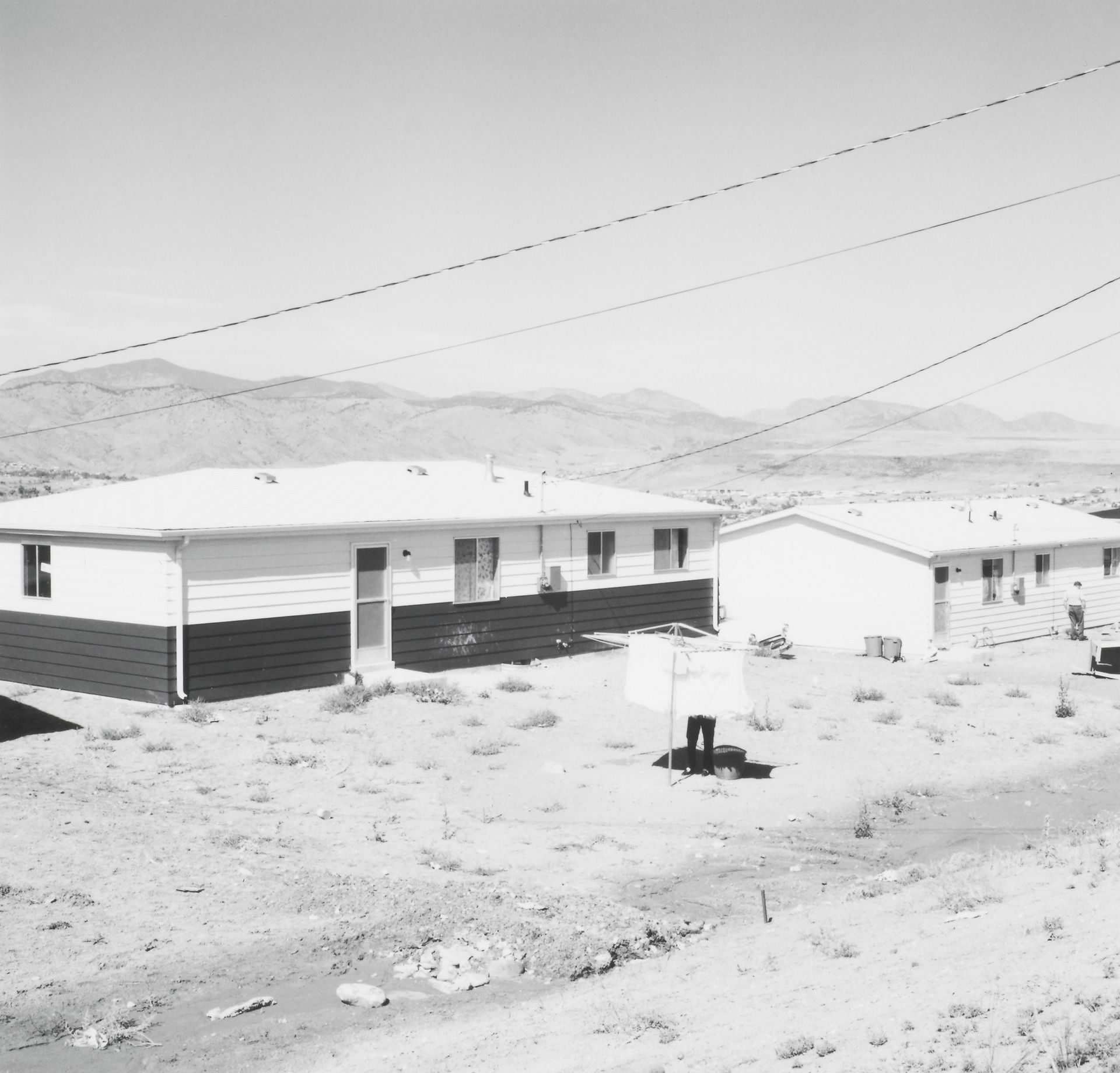
Adams received a BA from the University of Redlands in California and a PhD in English from the University of Southern California. He has received numerous awards, including a John D. and Catherine T. MacArthur Foundation Award (1994); the Spectrum International Prize for Photography (1995); and the Deutsche Börse Photography Prize (2006). Major exhibitions include San Francisco Museum of Modern Art (2005); Yale University Art Gallery (2002); Denver Art Museum (1993); Philadelphia Museum of Art (1989); and the Museum of Modern Art, New York (1979).

altered landscape
Altered landscape is when a landscape has been modified so it’s no longer it’s original image. Altered landscapes often have a balance between fictional and real. To create an altered landscape you need to add to your original photo by adding more images or distorting it.


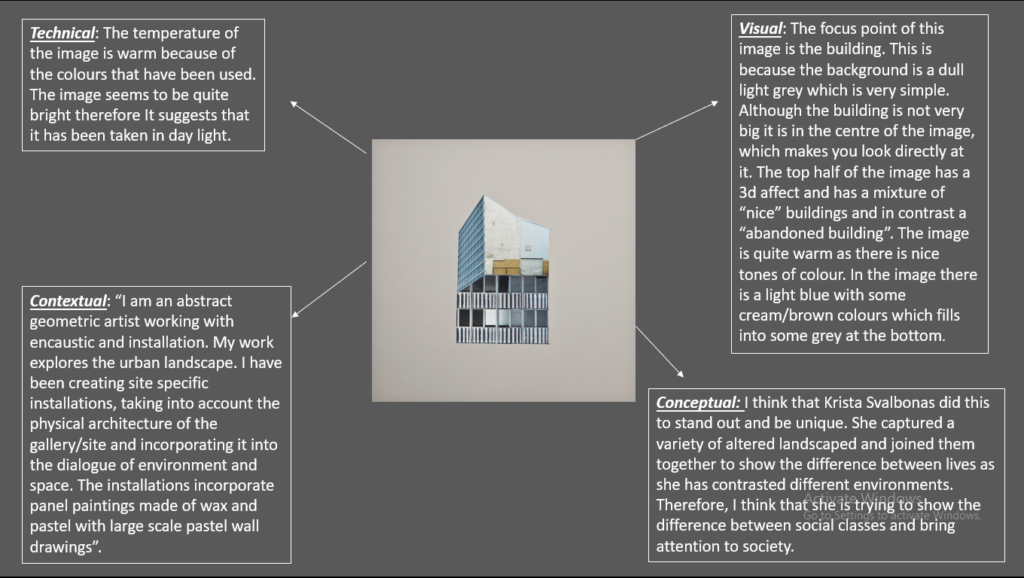
My altered landscapes
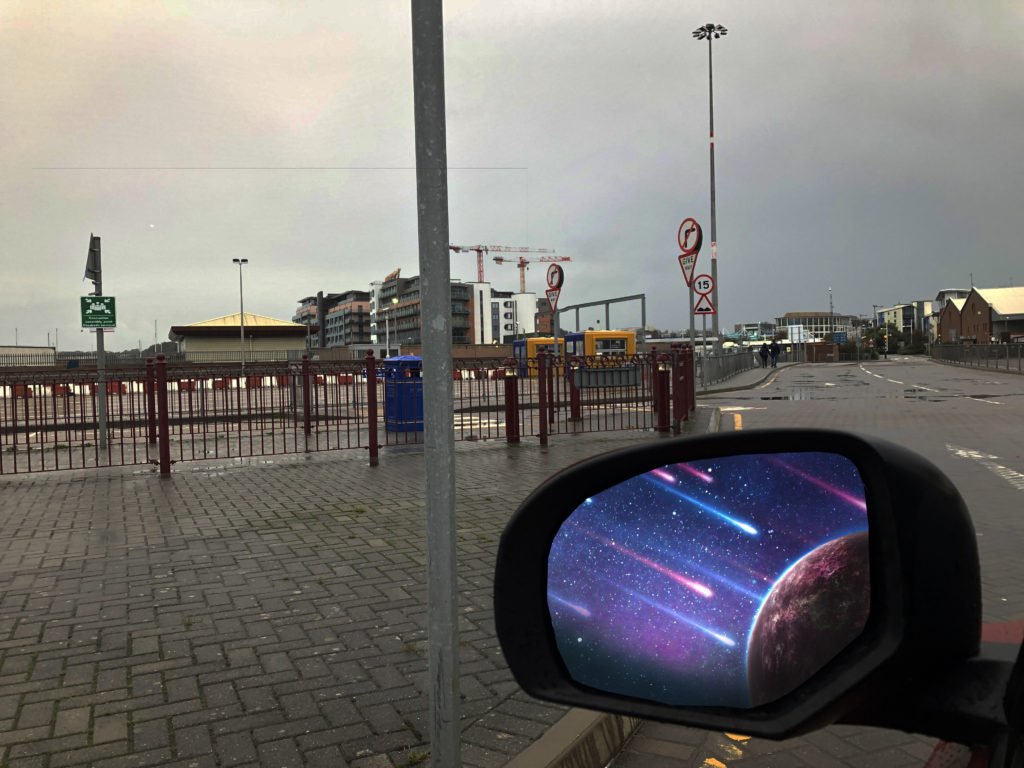
ansel aDAMS RESEARCH & EDITS
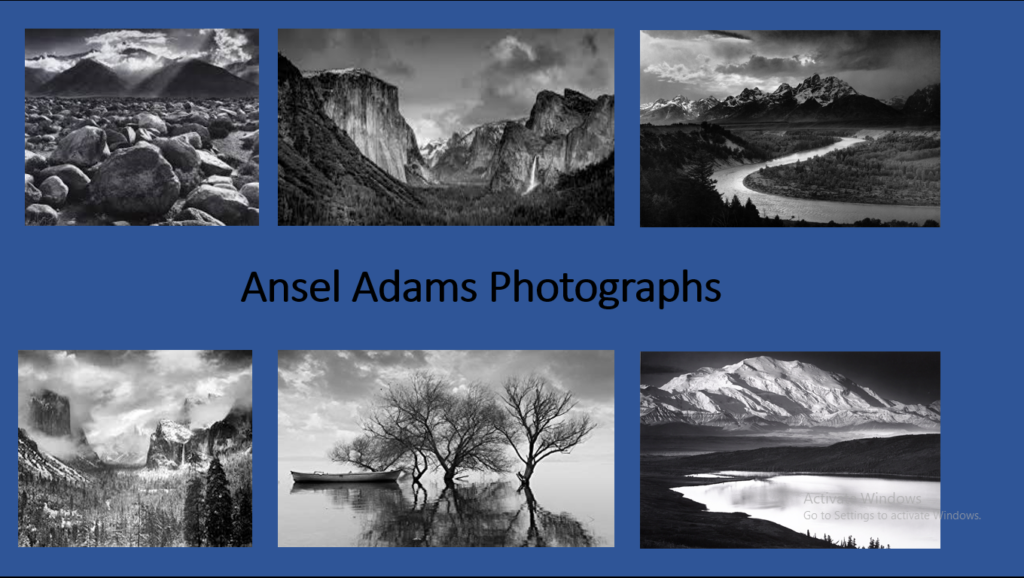


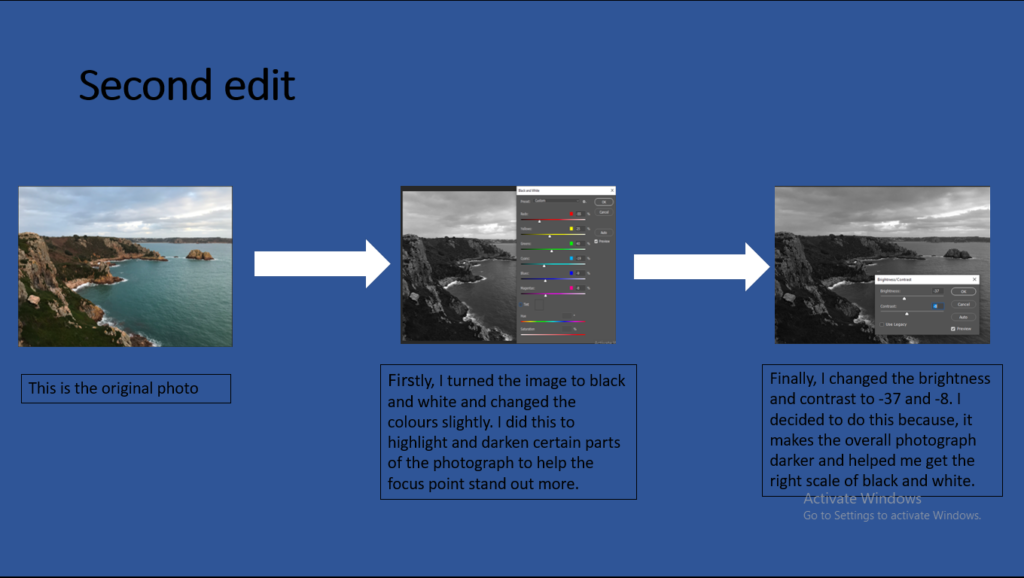
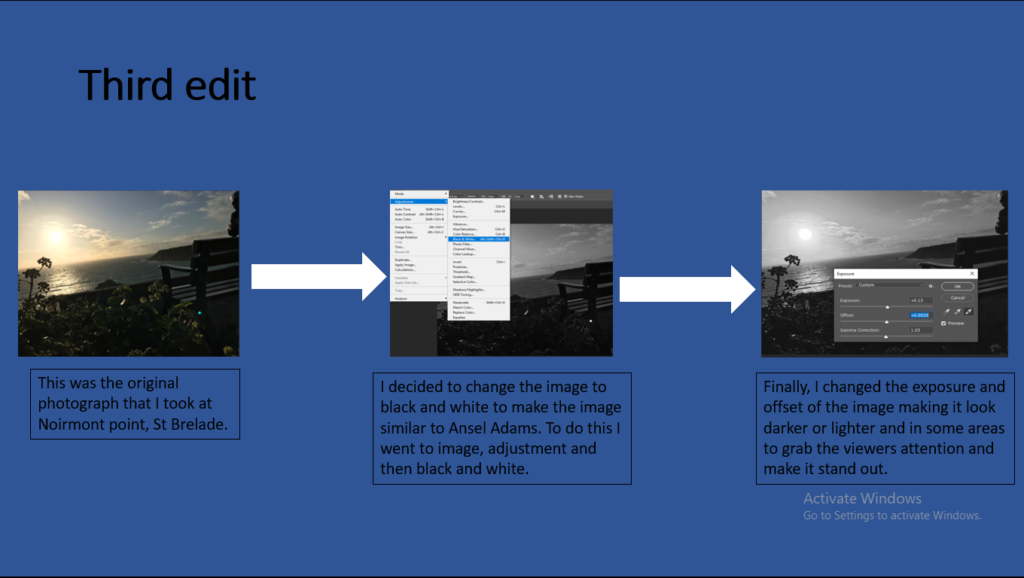
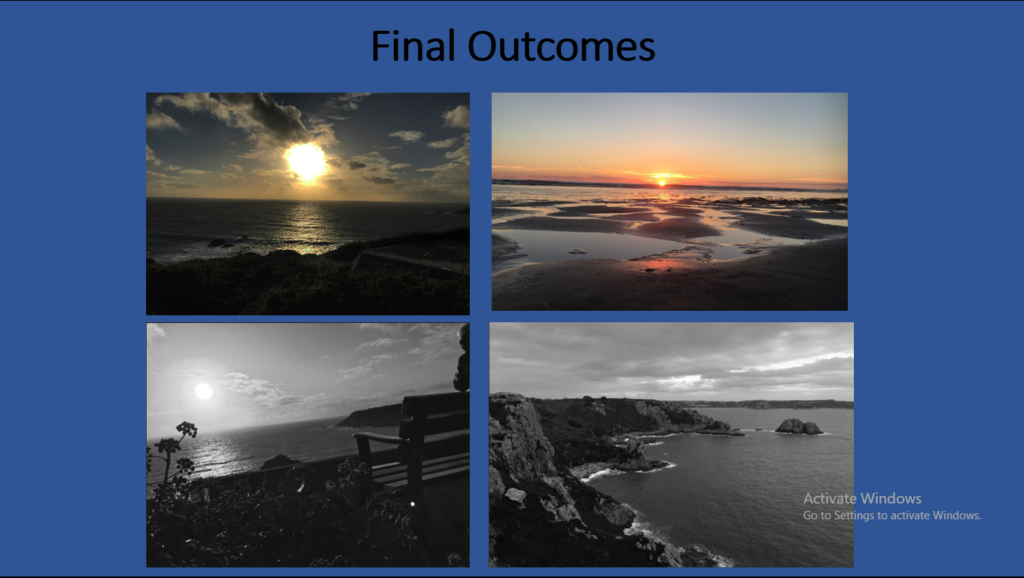
romantic landscape
Romanticism was an artistic, literary, musical and intellectual movement that originated in Europe toward the end of the 18th century. Romanticism was characterized by its emphasis on emotion and individualism as well as glorification of all the past and nature. As an artistic style, it is strongly emotional, evocative of a vivid imagination. Sometimes, it actually represents the irrational emotions and subjective experiences of the artist.
Romanticism has long since been associated with landscape. In the medium of photography, the sense of romance of the landscape features its blossoming spirit.
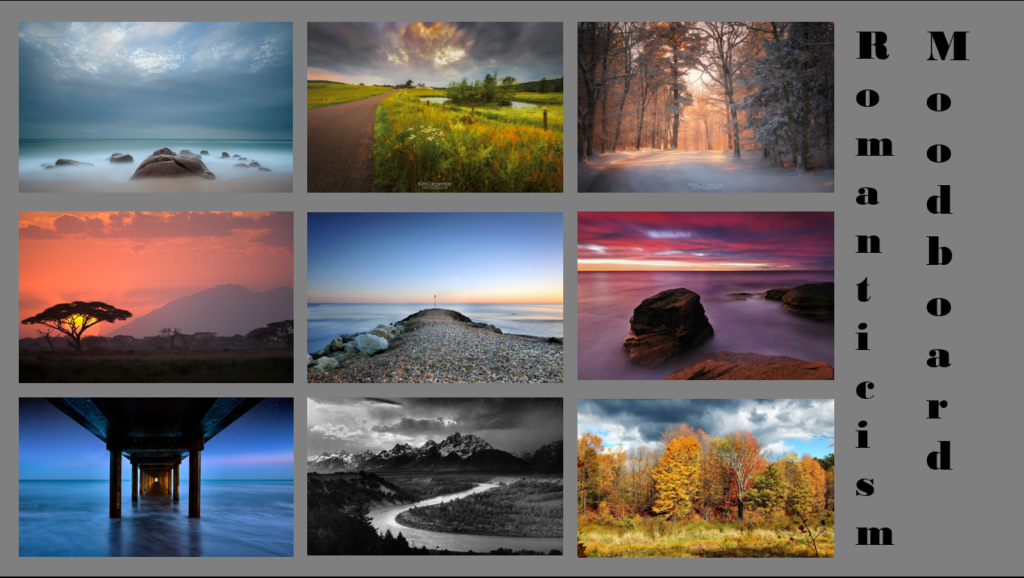
Contact sheet

I adjusted the threshold on all of these pictures to match the style of Keld Helmer-Petersen. I also used a paint bucket to fill in white spots and create a smooth set of images
Final photographs of ROMANTICISM landscapes












